|
In the Peak District, Bakewell serves as an excellent base for exploring nearby -- and even distant -- stately homes. Below, our home away from home at the Rutland Arms and the local specialty, variously known as a Bakewell Tart or Bakewell pudding. All the versions we tried were delicious. This was my second visit to the Rutland Arms in Bakewell and I found the hotel much updated and still charming. It is very close to Chatsworth, country estate of the Dukes of Devonshire, and Haddon Hall, which still belongs to a branch of the Rutland family. I had a cozy single room in the annex. Many photos and paintings of local luminaries and antique costumes adorned the walls. Above, two photos of hotel windows into which are scratched names and dates which some think were done by Jane Austen herself. Most Austen scholars do not agree and point out there is no evidence at all that Miss Austen ever visited Derbyshire or saw Chatsworth, even though the estate is mentioned in Pride and Prejudice. Only if you greatly enlarge the photos can you see faint traces of the writing. Personally. I doubt Miss Austen would have scratched her name into window glass, and I wonder what she would have used if she tried. Nevertheless the legend reappears from time to time. Above, the suite in which we gathered to watch the funeral and burial of Queen Elizabeth II. Below, left, the river Wye in Bakewell from the 14th Century bridge; right, All-Saints Church.
0 Comments
One afternoon we decided to ride around on the hop-on-hop-off bus and enjoy the changing skies from full sun to heavy clouds. Note the crowded streets as London filled up with those who came to pay their respects and experience the pageantry. The pictures are in no particular order, and please remember to click on them for full versions. Below, left, the Wellington Monument in Hyde Park, aka Statue of Achilles by sculptor Richard Westmacott cast from melted down cannons used in battle; right, Grand Trunk Railway Building in Cockspur Street. Please remember to click on the photos for full size versions. Above, left, Theatre Royal Haymarket; right, The South Bank Lion made of Coade Stone, on the Westminster Bridge. Below, left, Somerset House; right, The Wellington, a pub on the Strand. Above, the Temple Bar Dragon in Fleet Street, marking the site of the old gates of the City of London, sculpted by Charles Bell Birch, 1880; right, almost past Prince Henry's Room, 17 Fleet Street, remnant of a Tudor Building that survived the Great Fire. Below, left, looking east on Fleet Street; right, passing St. Paul's Cathedral. Above, left, St. Paul's Cathedral facade; right, the Royal Exchange, from which a new monarch must be proclaimed. Below, left, the Monument to the Great Fire of 1666; right, crossing the Thames looking toward Tower Bridge. Above, left, crossing Tower Bridge; right, View from the bridge with the "Walkie Talkie" at the left, aka 20 Fenchurch Street, and the Tower of London on the river bank at the right. Below, left, The Tower of London from the Tower Bridge; right, a view of the gardens now being cultivated in the former moat. Above, left, the river looking across the London Eye; right, a closer view. Below. left Big Ben atop The Elizabeth Tower; right, Boadicea and Her Daughters, a sculpture on the Victoria Embankment, showing the Celtic Warrior Queen who led an uprising against Roman rule in the first century AD. Above, left, the Albert, a fine pub which has kept its Victorian charm, in Victoria Street; right, back to the Royal Exchange for a closer view of the equestrian statue of the first Duke of Wellington by Sir Francis Chantrey.
Below, left, sic transit Gloria. Right, I, II, or III? Although we all were mourning the Queen, we put our sadness aside and enjoyed a wonderful luncheon at the home of Rictor Norton and David Allen. In Kristine's honor, they named it the Wellington Lunch, featuring Poulet Marengo and Glace Nesselrode. Please click to enlarge the pictures and experience the fine collection of antiques as well as their gorgeous garden. Though it was mid-September, the abundance was lovely. We had a delightful time and thank everyone for the delicious meal and the sparkling conversation.
When we headed to London on September 6, 2022, we were looking forward to several upcoming events, but subsequent sad news changed everything. We first learned of the imminent death of Elizabeth II at a reception at Apsley House on the afternoon of September 8. Needless to say, all of us in attendance were plunged from one set of expectations for a conference on the Napoleonic Wars into wondering what would come next...where and when. Apsley House, Number One London, is the Wellington Museum, the 1st Duke's residence for several decades and now repository of his collections of paintings and relics of his career as a military and political hero, administered by English Heritage. Apsley House had mounted a small exhibition Wellington, Women, and Friendship in one room and a small lower level gallery. The exhibition closes soon. For many years those of us who study the period in general and the 1st Duke in particular have watched the varied opinions about his relationships with women, ranging from the unhappiness of his marriage to scandalous gossip about his many alleged affairs. This presentation apparently focused on his friendships. Above, left, sketch of Kitty, Duchess of Wellington by Sir Thomas Lawrence, and right, a sketch of the very near-sighted Kitty at her easel. Please remember to click on the photos for larger versions. I had been looking forward to seeing the exhibition but the impact of the Queen's imminent demise meant that I hardly even noticed the exhibition. I looked at what it offered but I admit I didn't absorb it sufficiently. The website describes the exhibition: "In the 170-years since his death, the Duke’s reputation as a great military strategist and statesman has tended to overshadow his reputation during his lifetime, which was that he was something of a ‘ladies’ man’. Through letters, portraits and much more, on loan from public and private collections, Wellington, Women and Friendship presents an intimate picture of a very public life; revealing Wellington's social circle, his marriage and how his friendships with women could sometimes provoke rumour and gossip." The tale is well known of young Wellesley's 1793 proposal to Kitty Pakenham in Dublin, a proposal her family refused since Wellesley's prospects were not encouraging. He pursued his military career, and nine years later, after his successes in India, he apparently felt obligated to renew his suit, even though the two had not corresponded in all that time. They were married in Dublin in 1806, had two sons, though they were often apart when he was fighting elsewhere. It was no secret in Britain that the marriage was a disappointment to him. Kitty was simply unsuited to make herself the kind of companion he desired. Below, left, Georgiana Lennox; right, Niece Priscilla Wellesley-Pole, later Lady Burghersh, then Countess Westmorland. Above, left, Harriet Arbuthnot; right. sketch of the Duke and Mrs. Arbuthnot strolling. It was also well known that Wellington enjoyed the company of many women with whom he could talk, clever women whose conversations brought him great pleasure. Both before and after Kitty's death in 1831, his name was associated with numerous ladies, some of whom boasted shamelessly about their relationship. We shall never know how to sort the truth from the fiction perhaps, but we know he was very helpful to many women as they struggled with legalities and other delicate situations in their often circumscribed lives. Below, paintings in Apsley House of friends. Pictured in the top row above, from the left. Isabella Freese; Lady Charlotte Greville; Mary, Marchioness Salisbury; Charles Arbuhnot. Lower row, Frances Gascoyne Cecil, Lady Salisbury; the first duke; Marianne Caton Patterson, Lady Wellesley; and Harriet Arbuthnot. Although I looked at the exhibition, my mind was elsewhere and either no photos were allowed or I simply never took any. Below, left Marianne again, and Angela Burdett-Coutts, of the London banking family. At age 33 in 1847, she is said to have proposed marriage to the duke, then aged 78, which he declined due to the vast difference in their ages. Before she died in 1906, she is said to have given more than £ three million to charitable causes. Based on what I could recall as well as on published reviews, the exhibition did not deal with the more salacious stories about the duke and his alleged amours. Above, left, the courtesan Harriette Wilson, who supposedly threatened to publish her memoir of their relationship unless he compensated her, to which the duke is reported to have responded, "Publish and be damned." Above, right is Giuseppina Grassini, famed opera star in both Paris and London who supposedly compared her affairs with both Napoleon and Wellington, finding the latter superior. Below, left, Frances, Lady Salisbury, whose family was close to the duke; right, Caroline Lamb, who claimed an affair with the duke as well as others, including Lord Byron. Above, left, Sarah Sophia, Lady Jersey; right, Madame Germaine de Stael.
These ladies undoubtedly enjoyed attention from the duke, and there were many others not included in the exhibition, at least the parts I saw. The nature of his attentions will have to be left to either future discovery or your imagination. Back to the exhibition: Below left, Anne Wellesley, Countess of Mornington (1741-1831), mother of Arthur Wellesley and his five siblings, as painted by his niece Priscilla; right, 1st Duke of Wellington and his daughter-in-law, Elizabeth, Lady Douro, of whom he was particularly fond, pictured c. 1844. So soon after Queen Elizabeth II's Platinum Jubilee, we were not prepared for the demise of the monarch we've known for seventy years, a lifetime. We (Kristine Hughes and I) met in London on September 7 to attend a conference on the Napoleonic Wars at the National Army Museum. At the opening reception on the afternoon of September 8, the din of conversation was silenced when everyone's phone chimed with one of two messages: The Royal Family had been called to Balmoral; the TV presenters at the BBC had gone into black suits. Everyone knew the Queen was frail but she had met with a new British Prime Minister two days earlier, the fifteenth PM of her reign (#1 was Winston Churchill). Amid surprise and regret, our conference was cancelled (actually, postponed) and we all went our separate ways to await developments. Below, our hotel, Royal Horseguards (l) and (r) the WWII Royal Tank Regiment Memorial across Whitehall Place. Above, the Embankment Gardens (l) between the hotel and the Embankment tube station and (r) the ever-changing floral displays in the lobby. Below, the rainbows shining at about the moment of the Queen's death on September 8. We were in a restaurant in Whitehall when the definitive statement was broadcast, but the flag on Parliament was already at half-mast at the other end of the street. Below, Charles III addressed the nation the next day. All over town we saw photos of the Queen in shop windows, notices of sorrow, and plenty of memorabilia. Below, left, a statue of explorer Captain James Cook just outside the Old Admiralty on the Mall on September 9, as we walked toward Buckingham Palace with large crowds of people, many carrying bouquets. The Mall was closed to traffic other than horses and military equipment moving toward the parks for memorial salutes. We left our flowers at the place gates, with hundreds more, eventually thousands. A few days later, the Queen's coffin was brought to St. Giles' Cathedral, Edinburgh, for a memorial service in Scotland. Topped by the Crown of Scotland, the coffin was guarded by British soldiers and by King Charles III. In the next few days, the neighborhood around our London hotel became a staging area for security coverage. Police and soldiers filled the streets. The only access was on foot, as the bollards blocked off the streets and even taxis could not get to us. At one point, as we left the hotel, Kristine asked a policemen if we could get back to the hotel later, and he answered, "Maybe." Although we were close to various processions, we found it better to rely on the BBC television cameras for the best views. After being flown back from Scotland, the Queen was returned to London and spent a final night at Buckingham Palace The coffin was brought from the palace in procession down the Mall, across Horse Guards Parade, and along Whitehall to Westminster Hall, where the catafalque awaited. The pall bearers carried the Queen's remains into the ancient Hall where she was to lie in state for several days, allowing tens of thousands to pay their respects. As London filled up with world leaders and ordinary folks, the security tightened even more around our hotel. We were glad when we moved on to Derbyshire to explore five country houses, though we set aside the day of the funeral to watch together on television where we would see much more than if we stayed on the streets of the capital city.
|
Victoria Hinshaw, Author
Archives
July 2024
Categories |

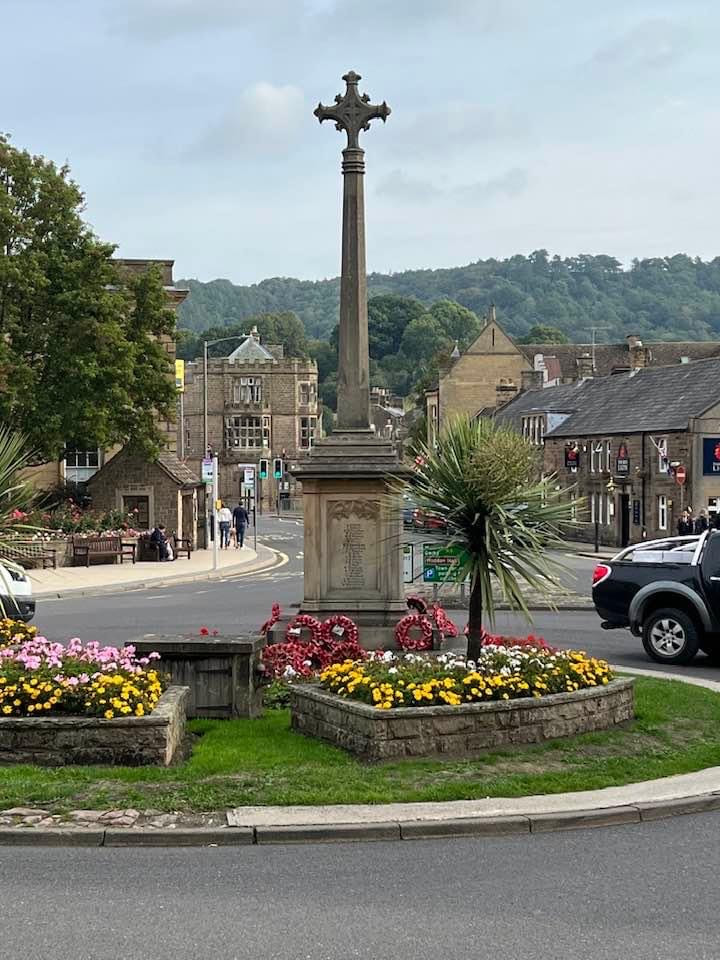
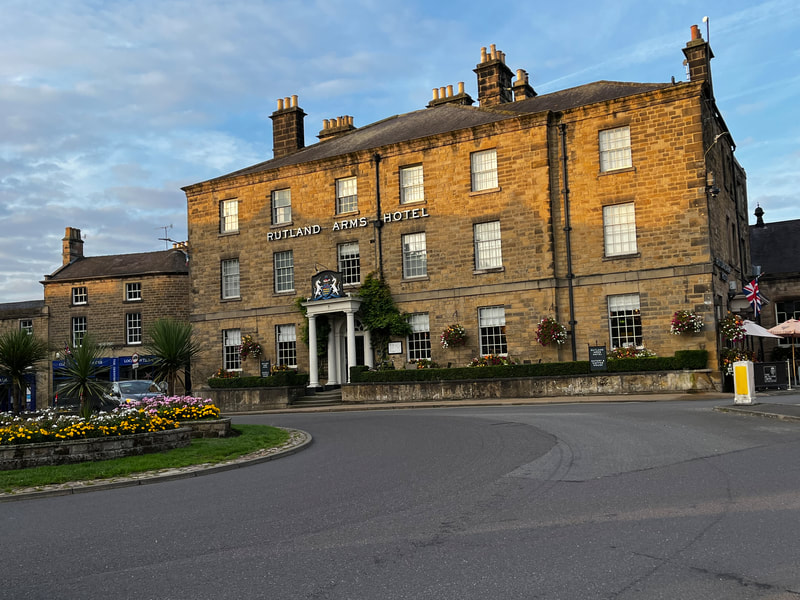
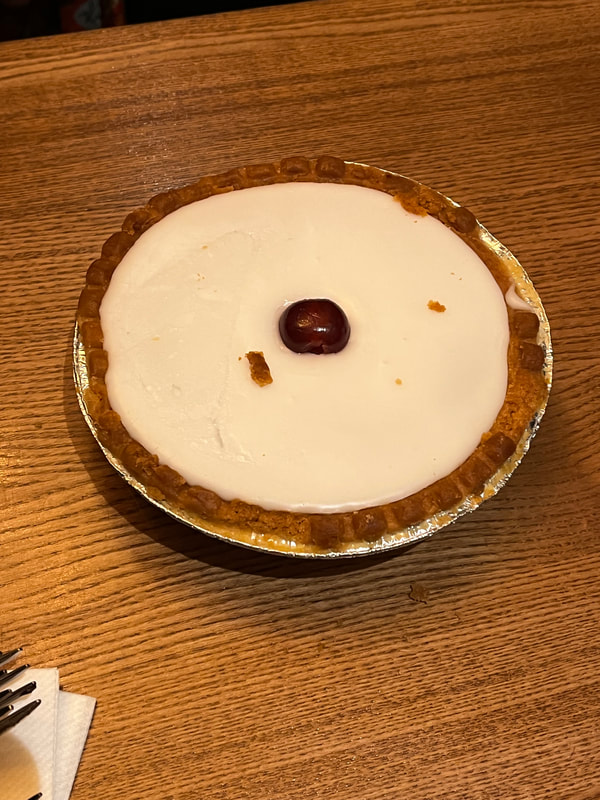
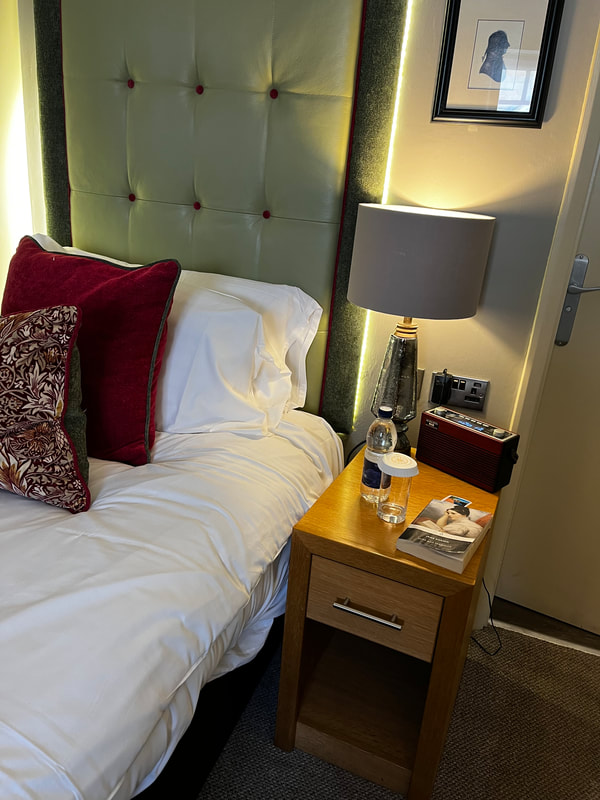
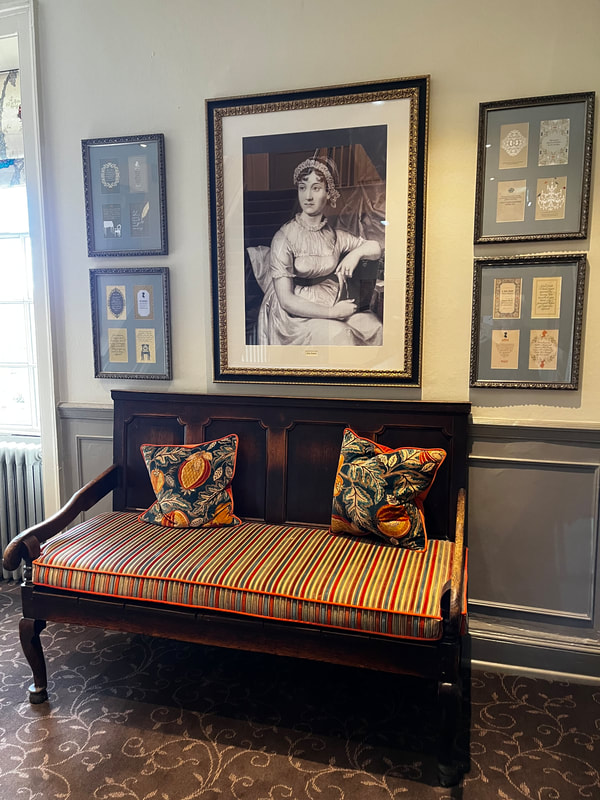
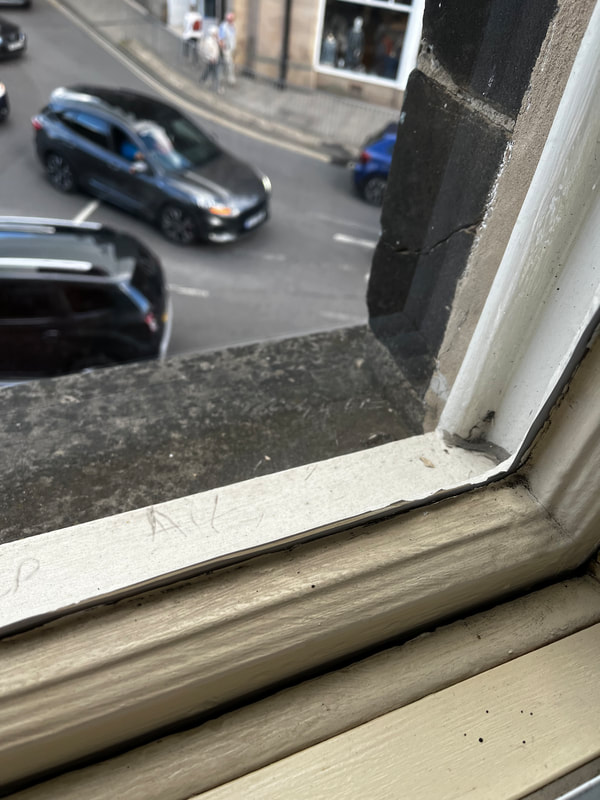
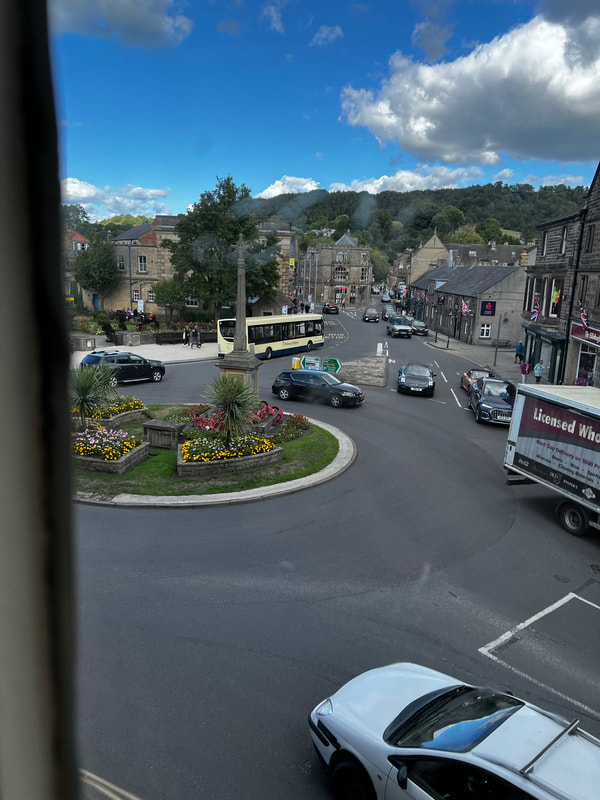
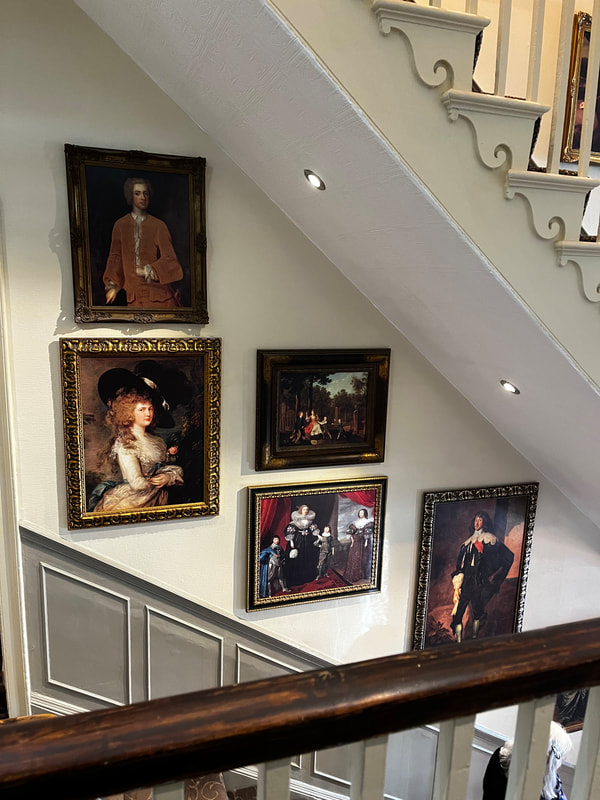
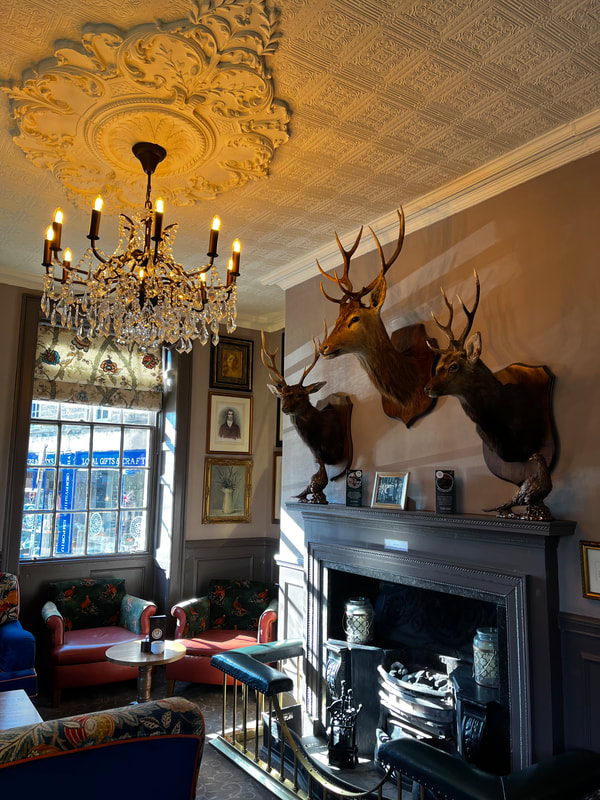
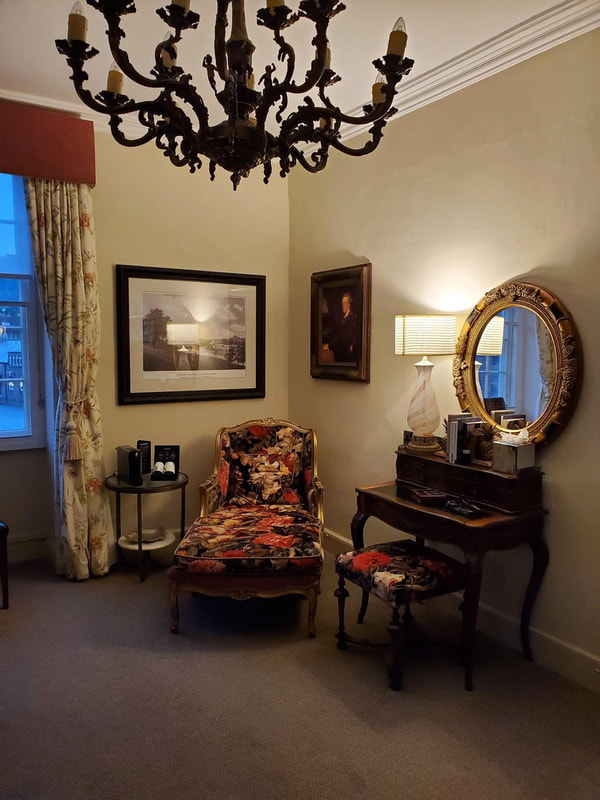
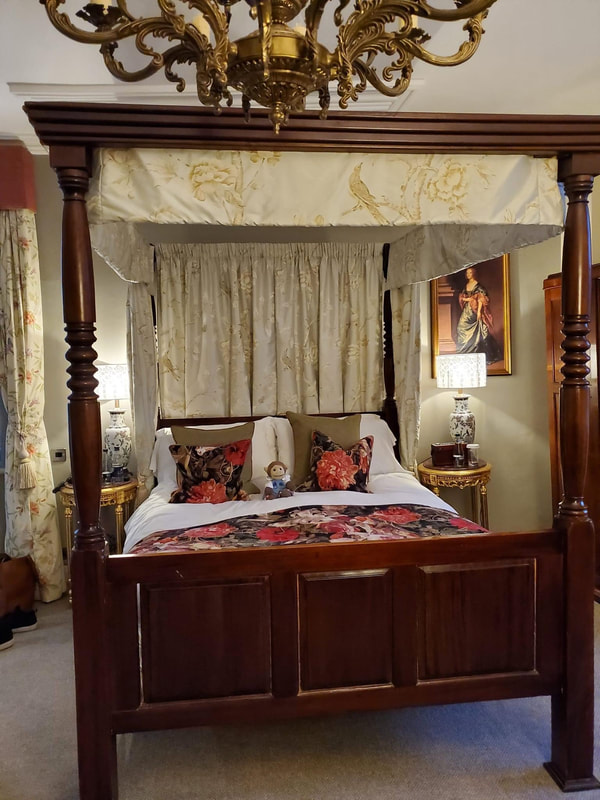
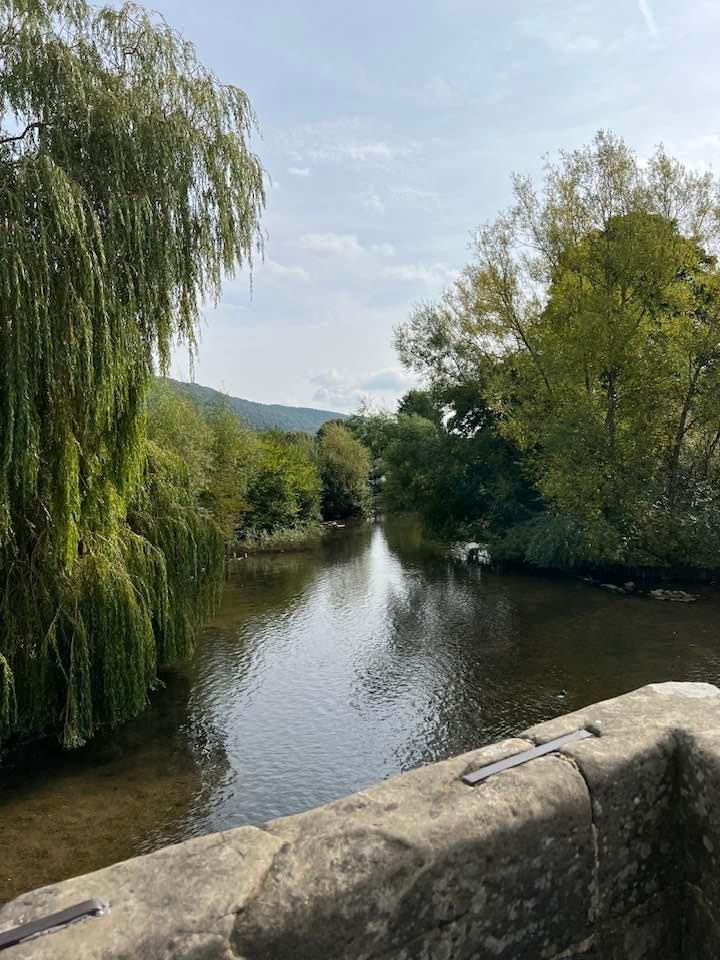
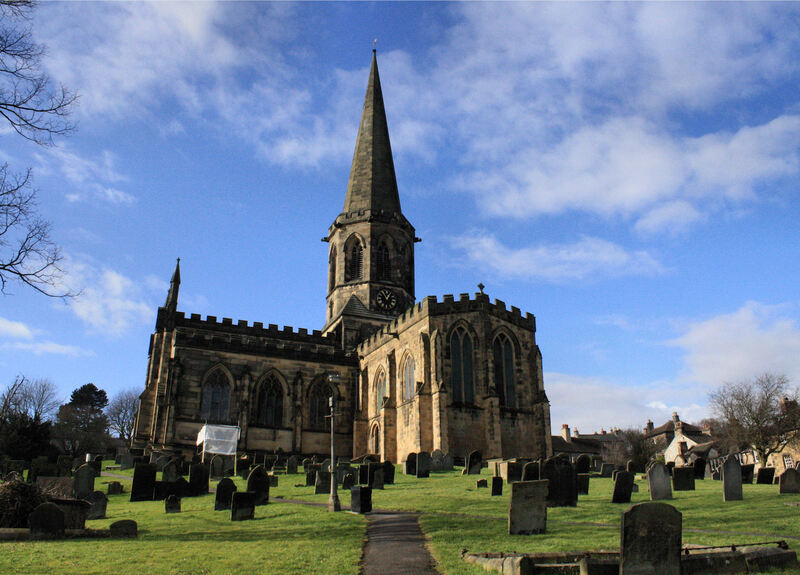
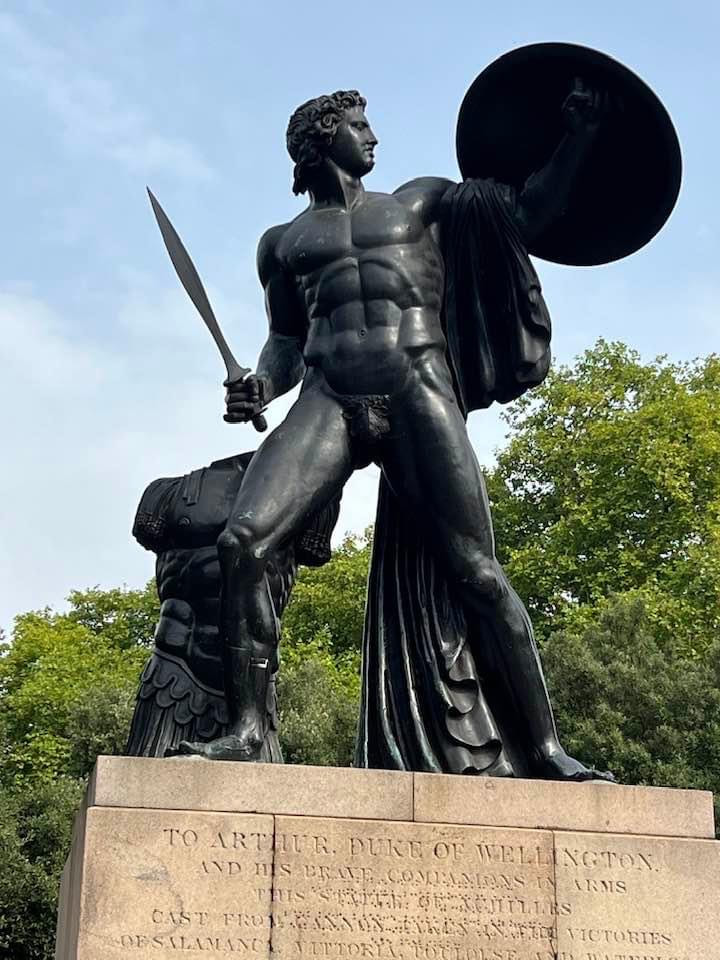
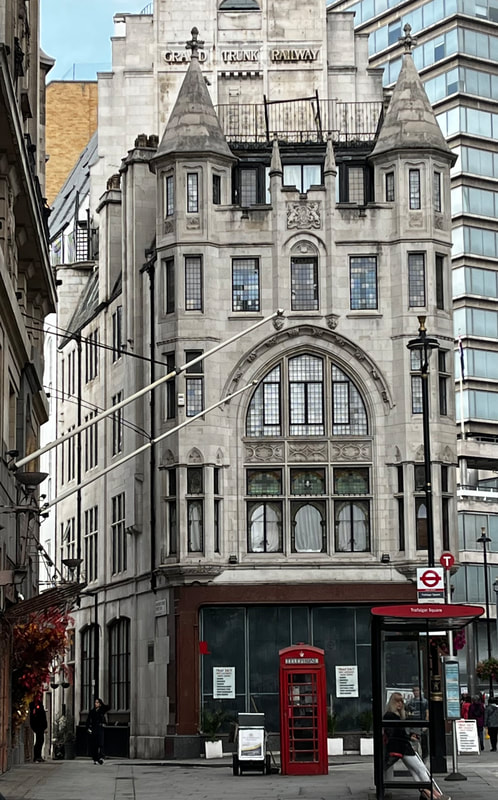
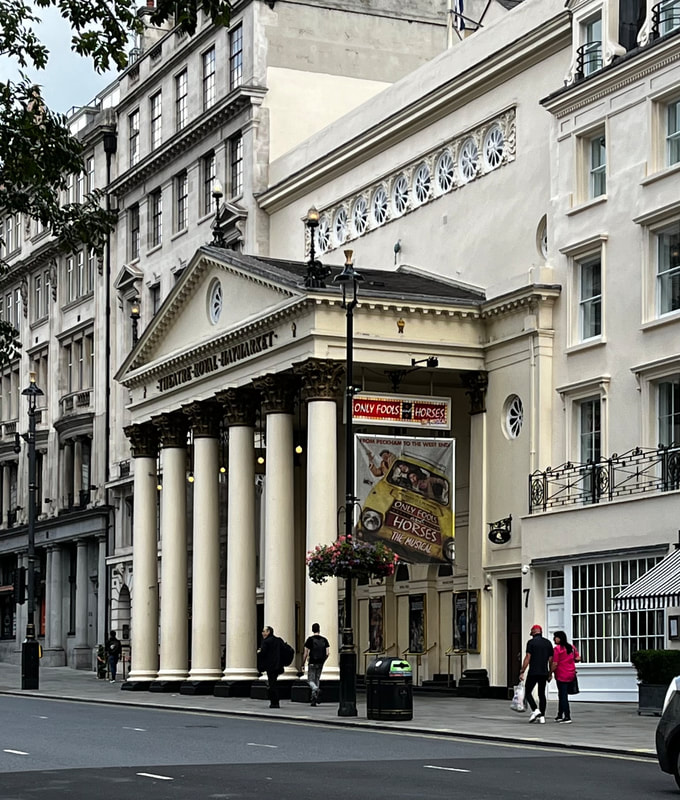
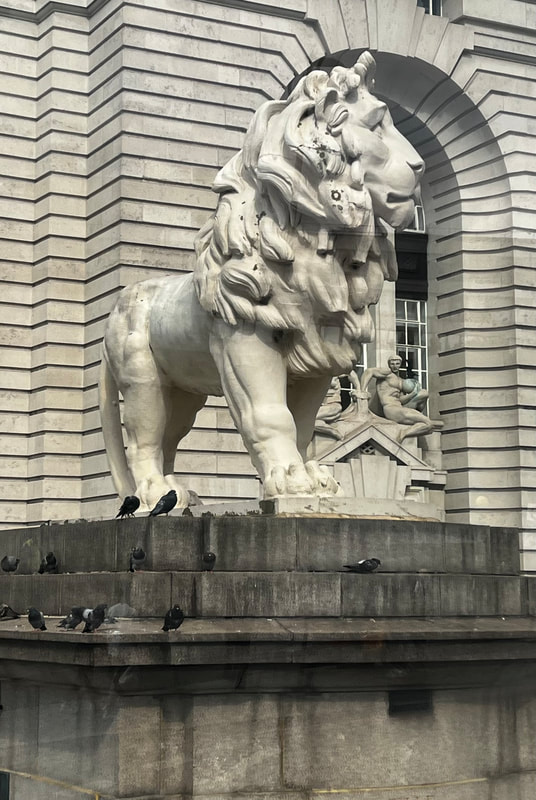
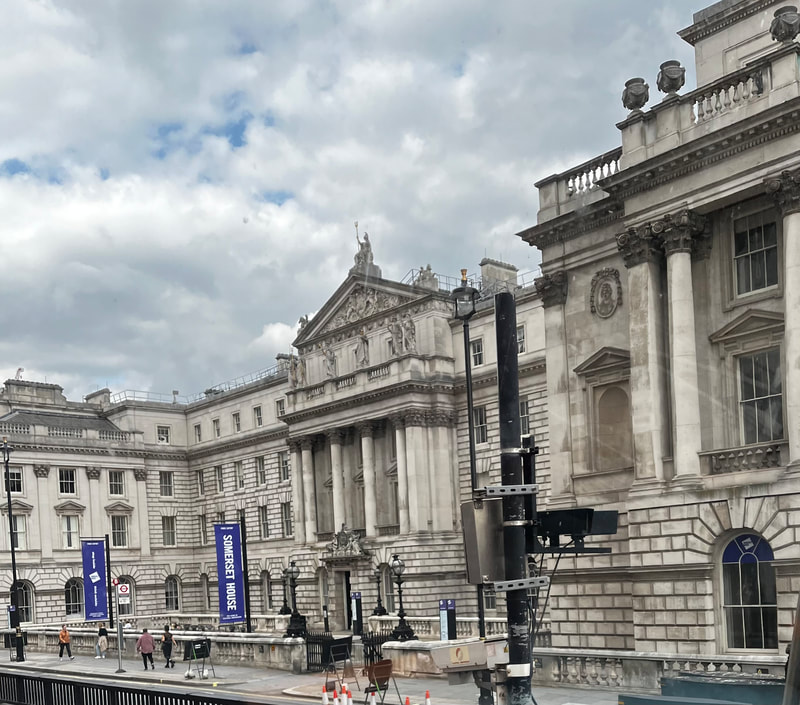
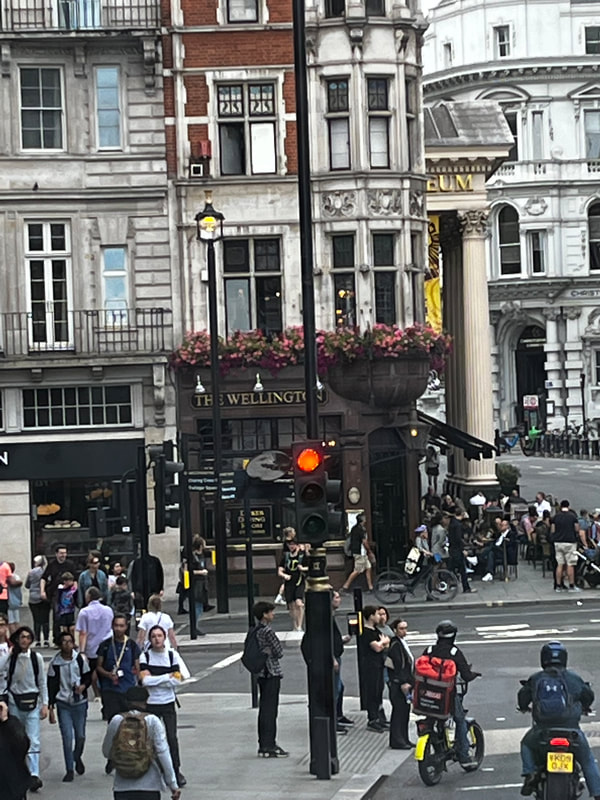
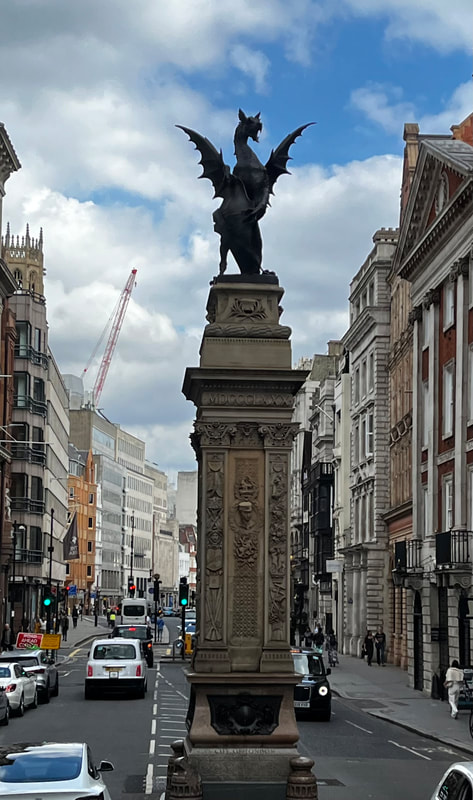
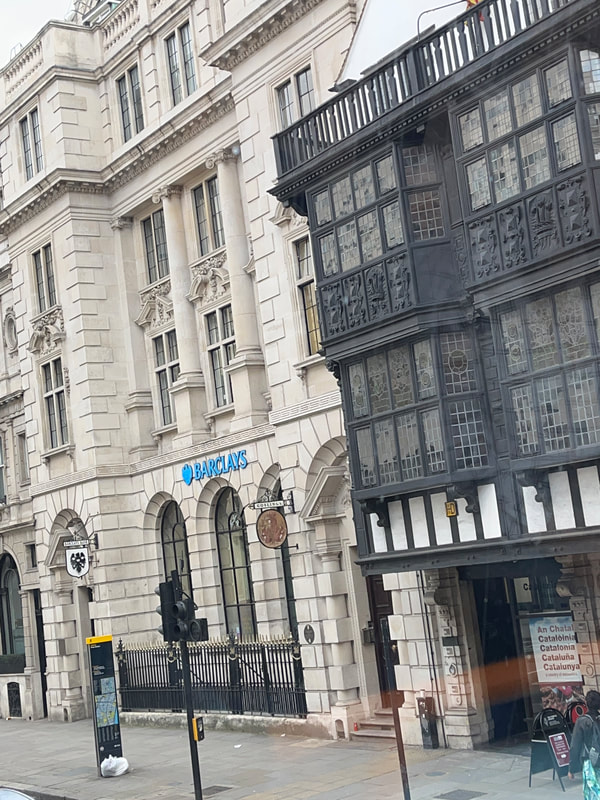
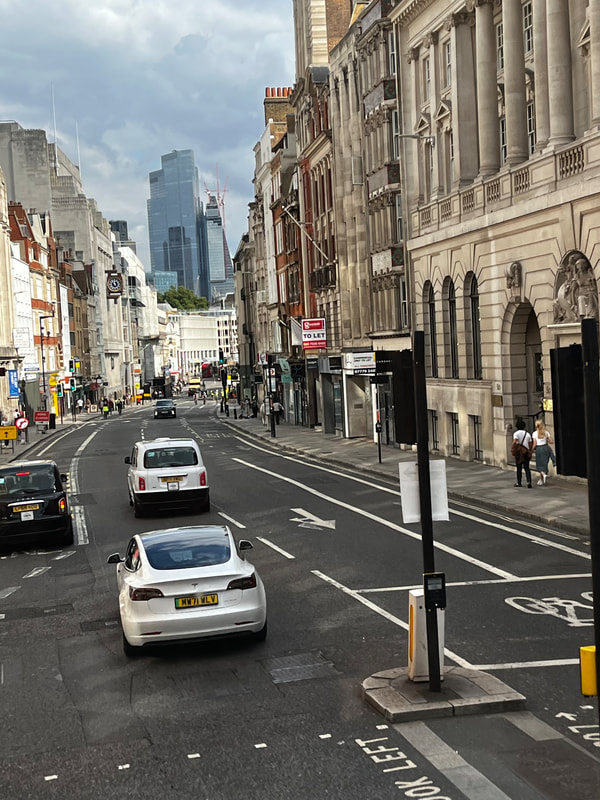
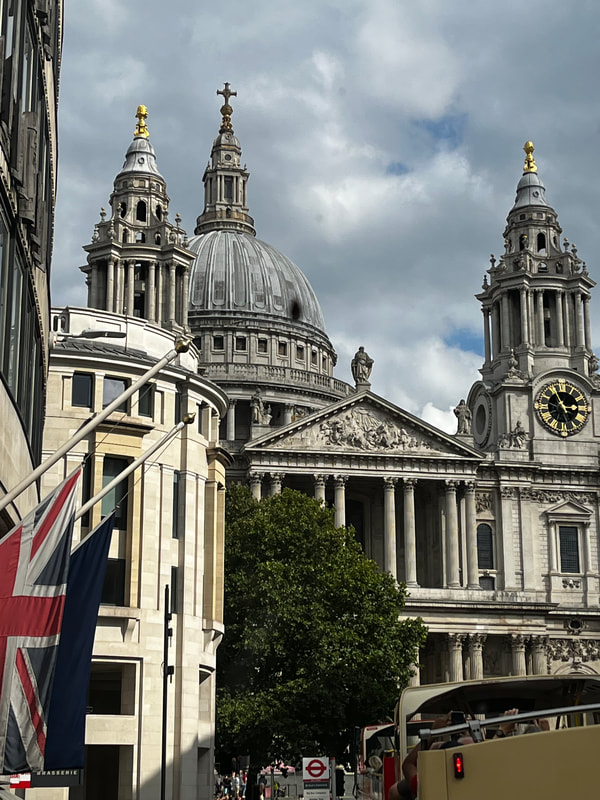
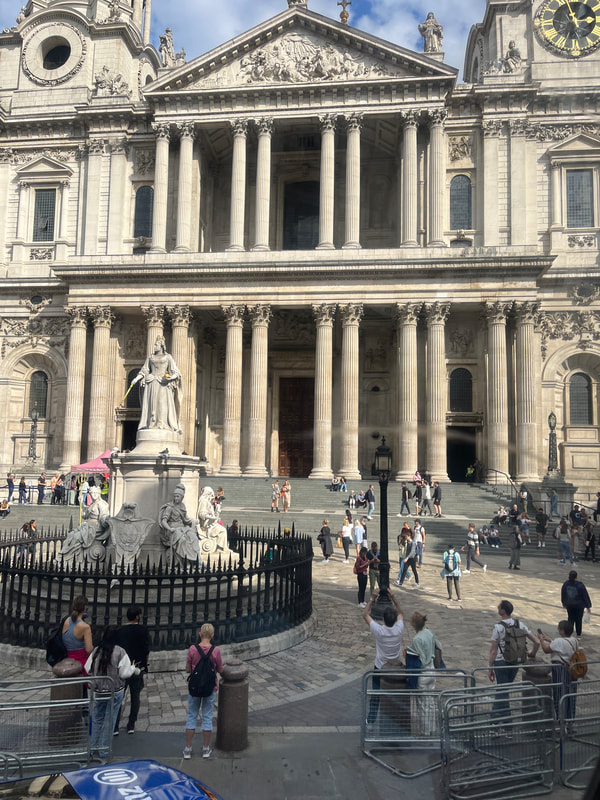
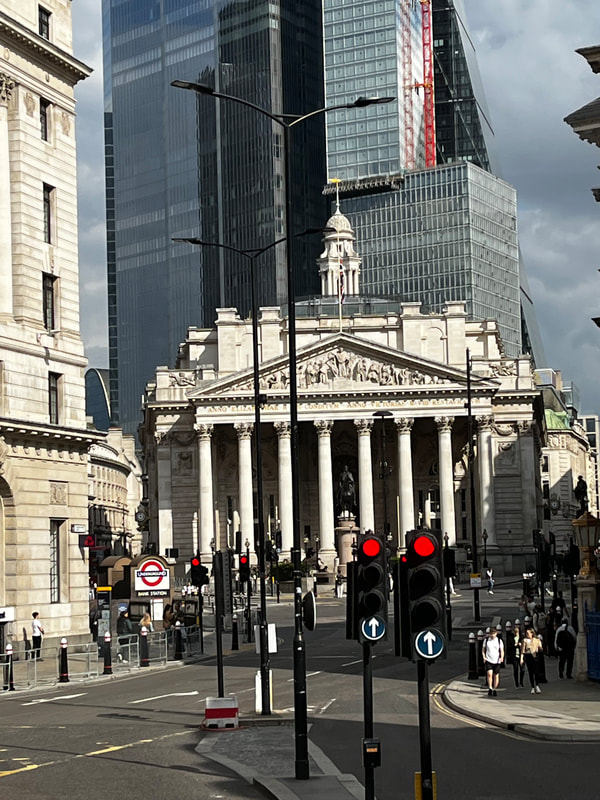
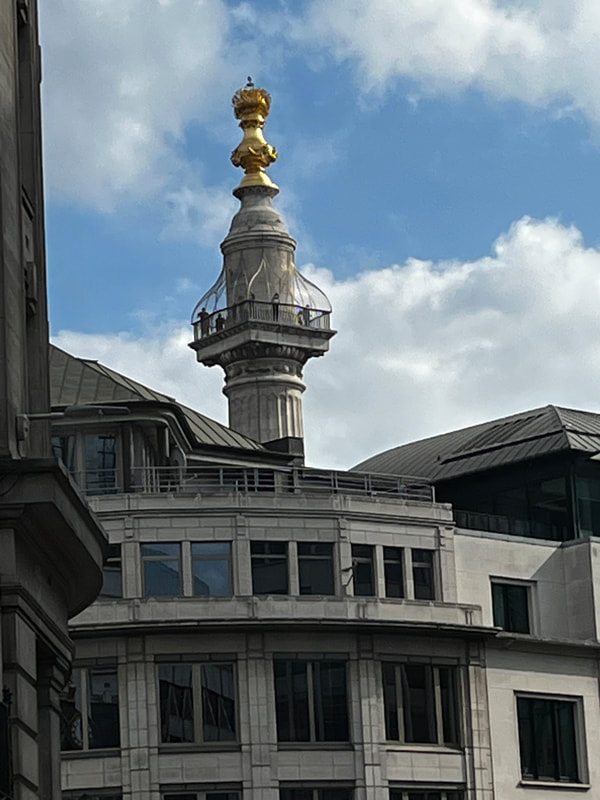
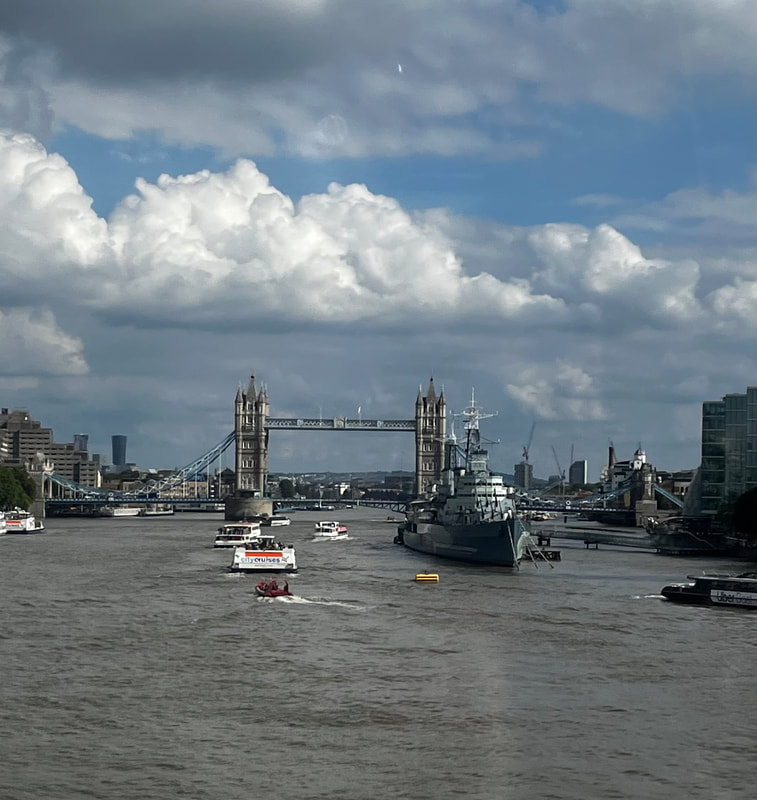
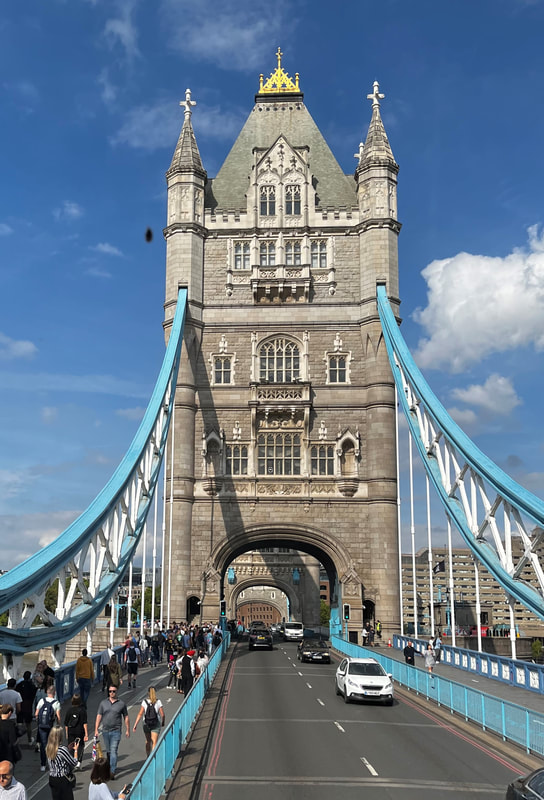
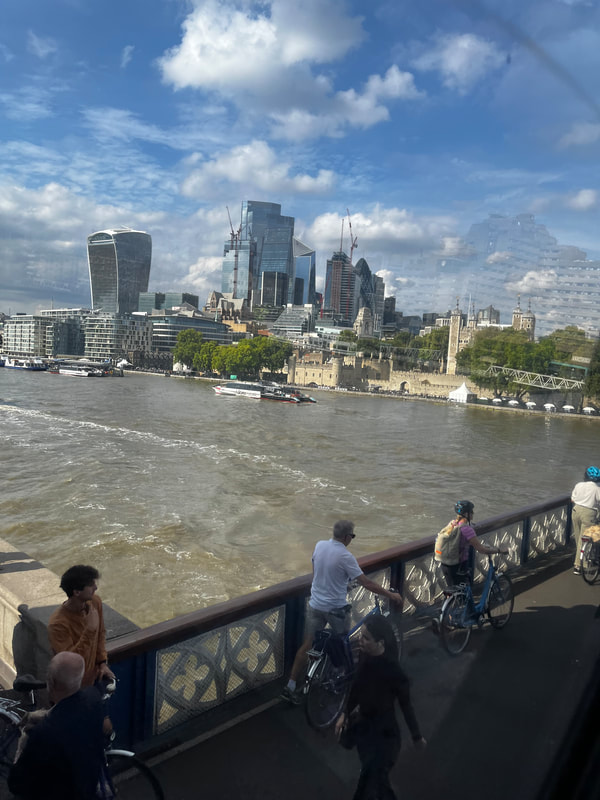
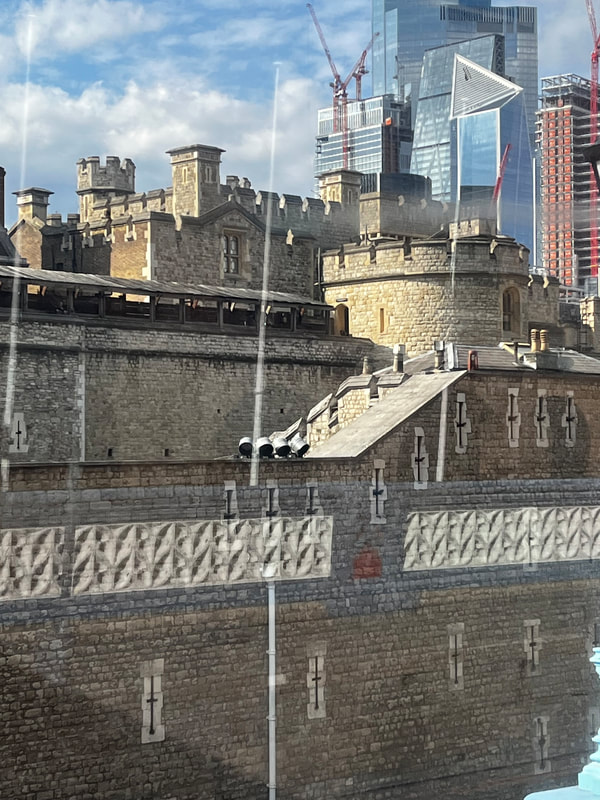
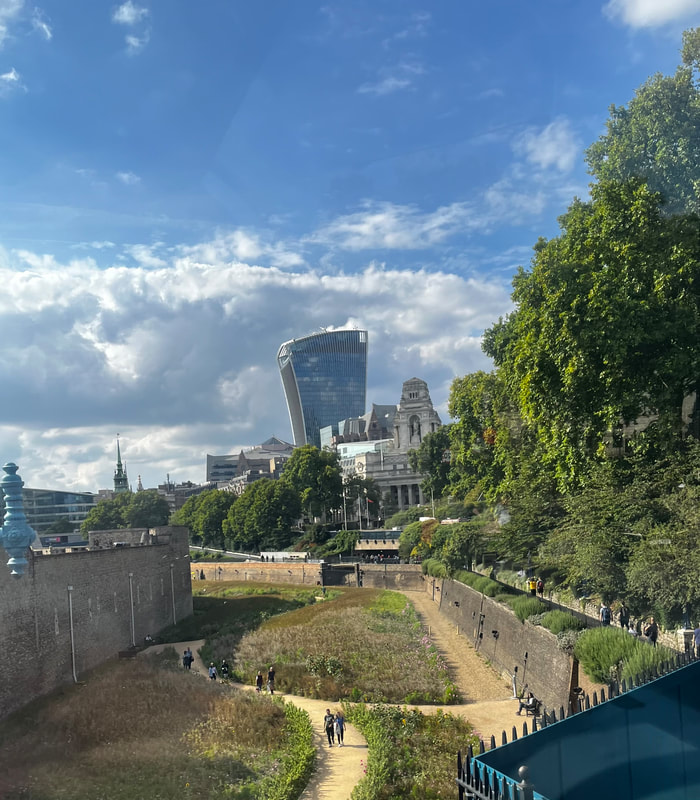
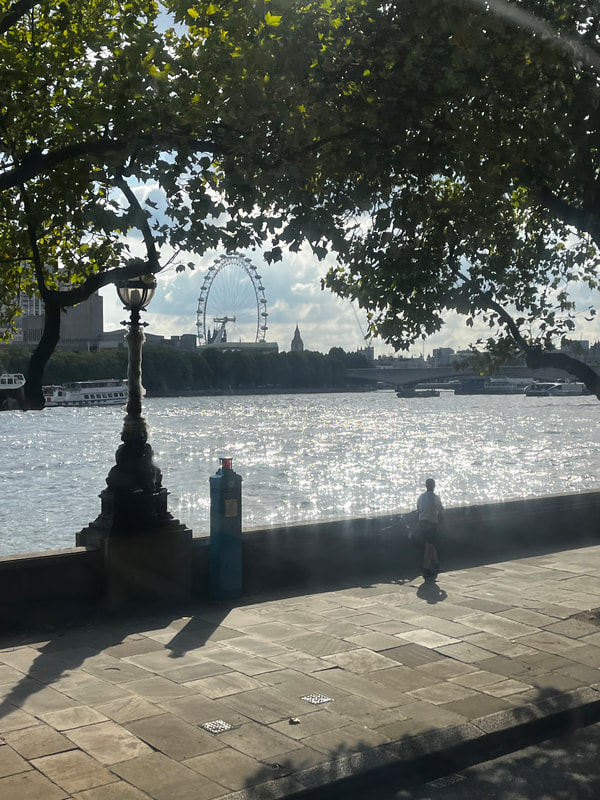
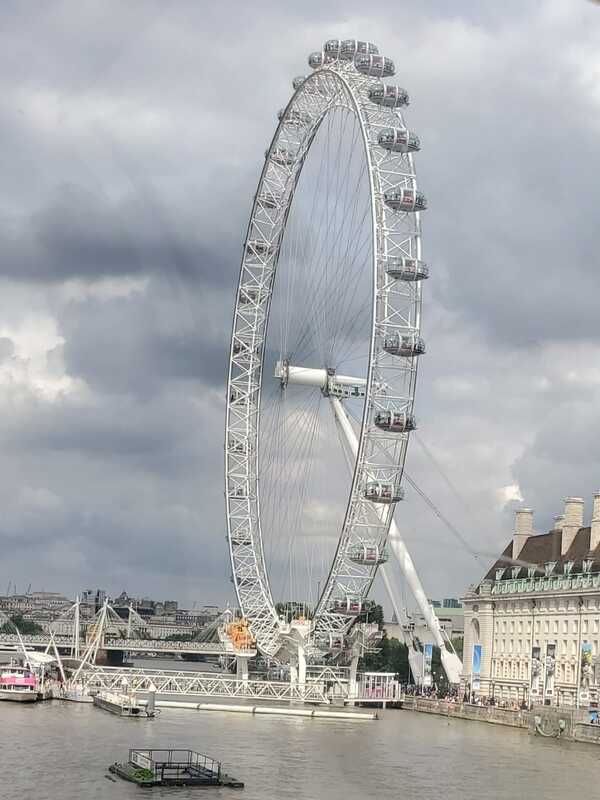
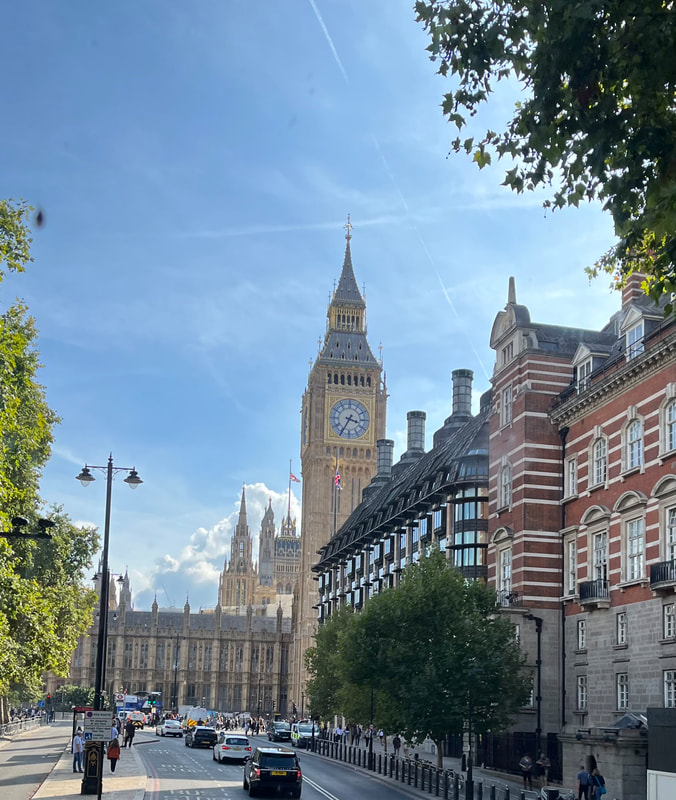
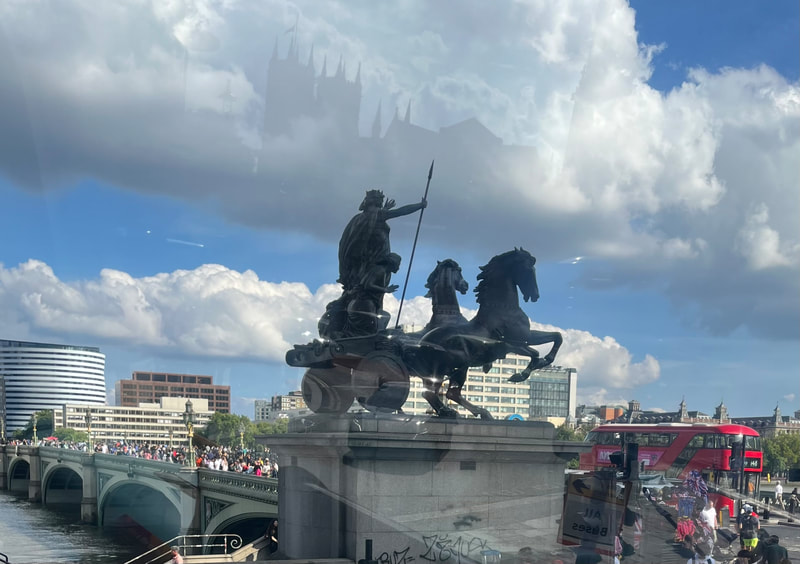
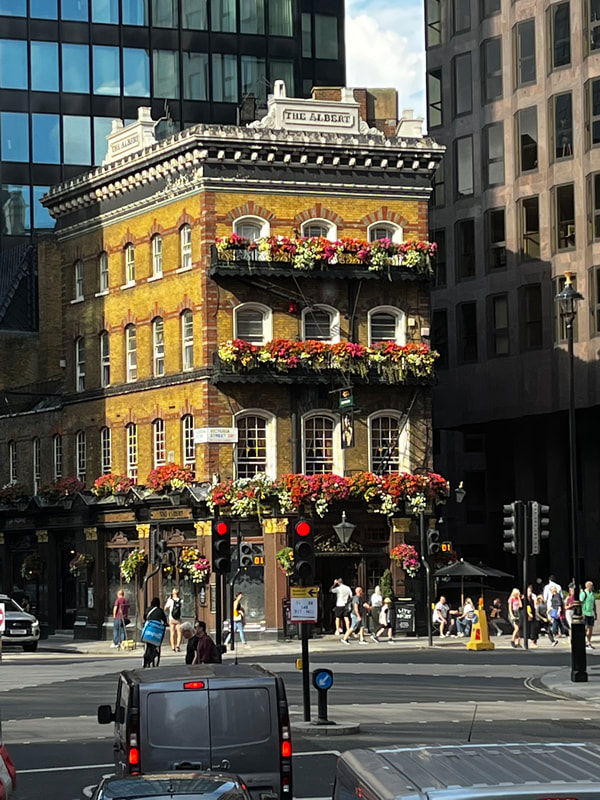
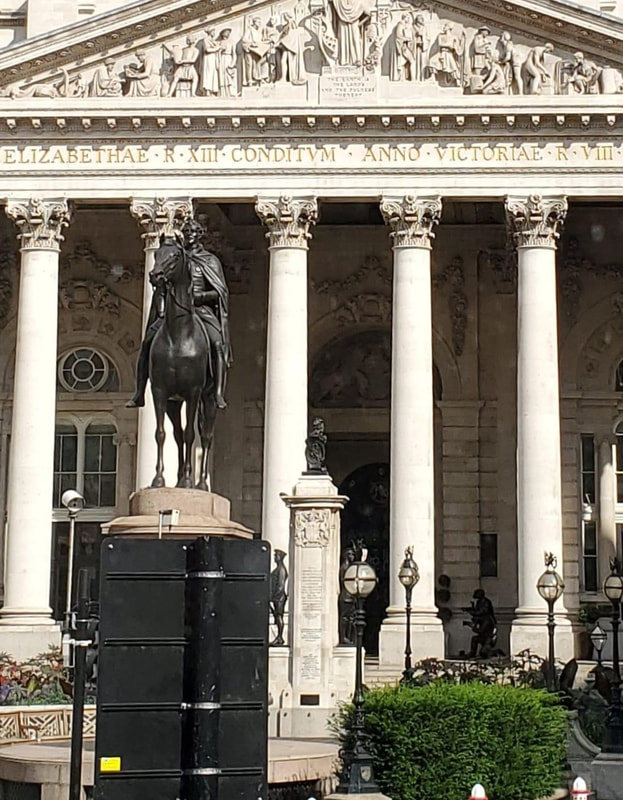
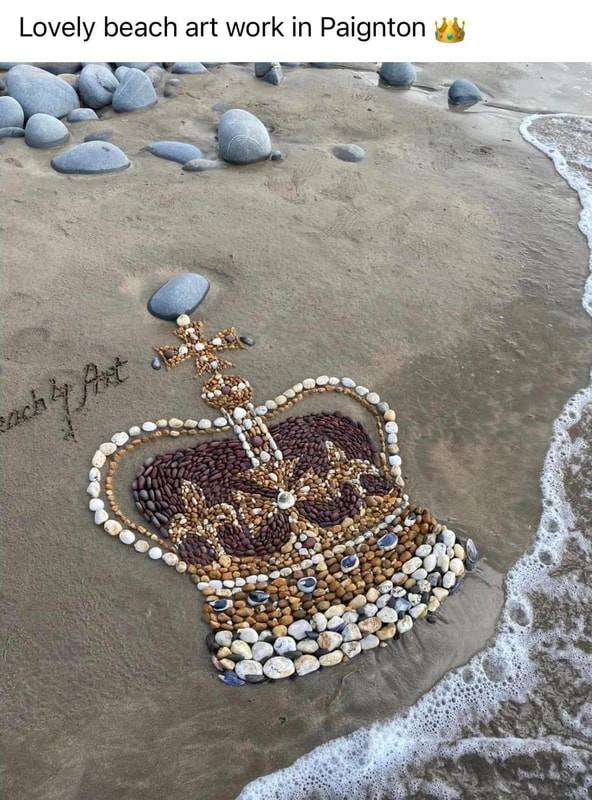
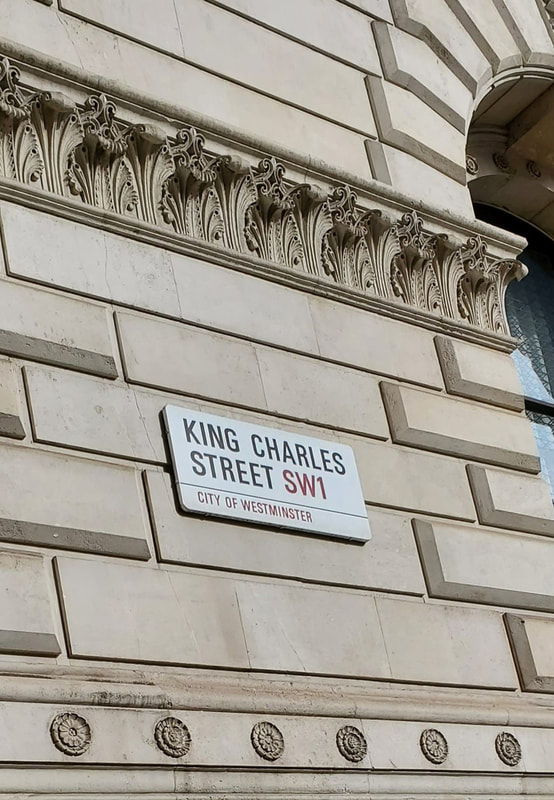
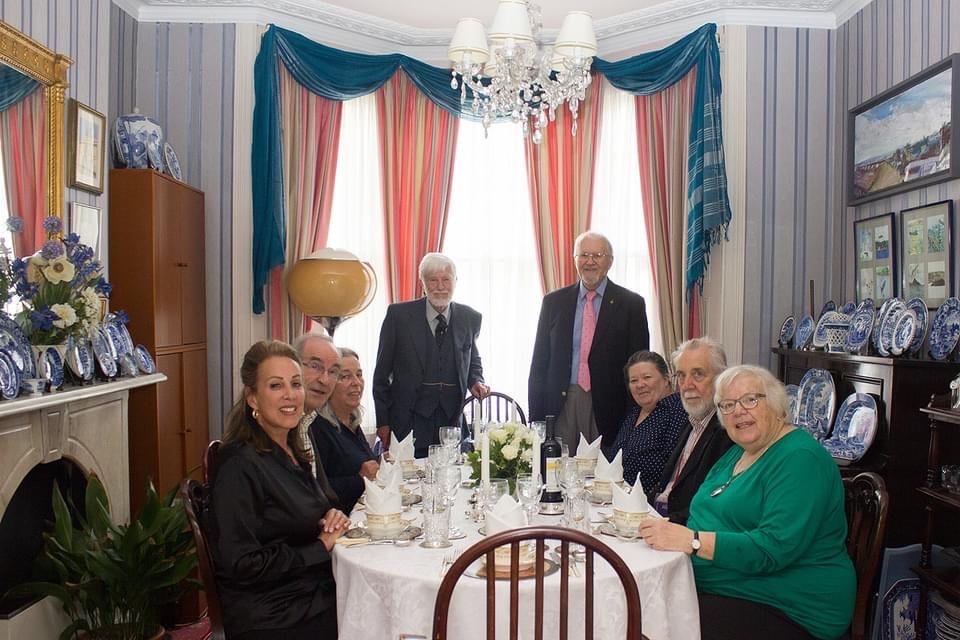
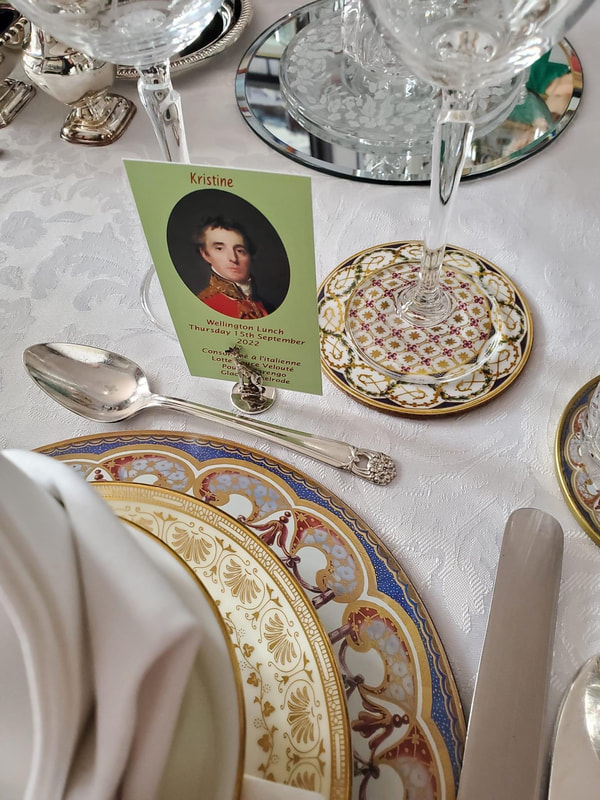
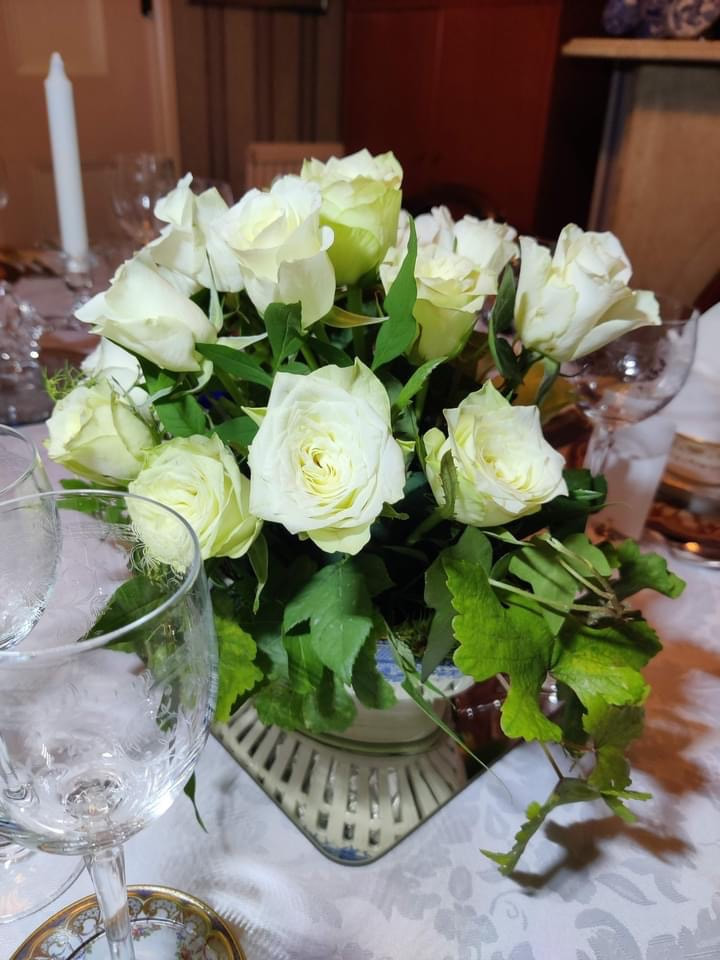
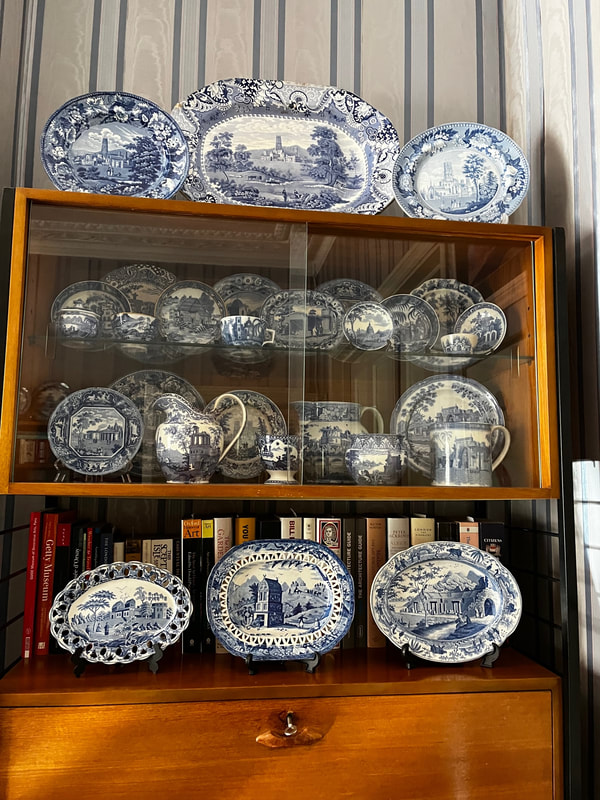
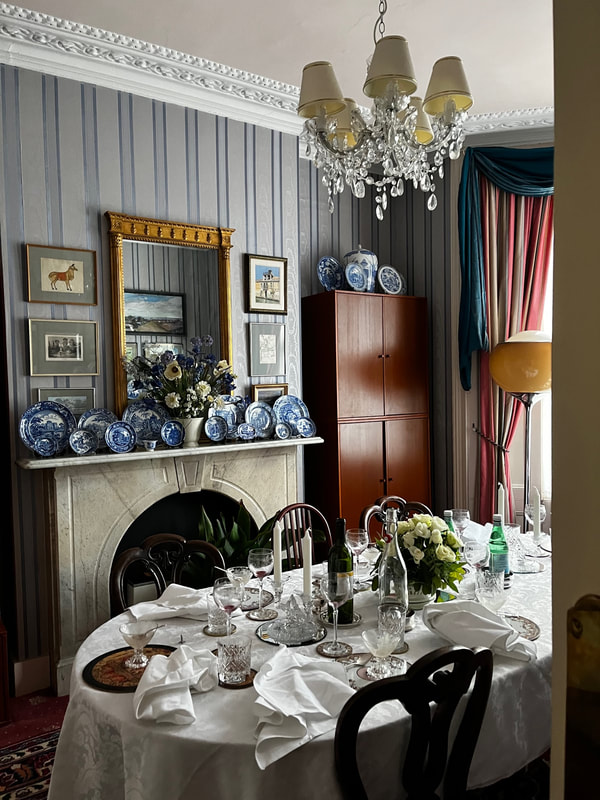
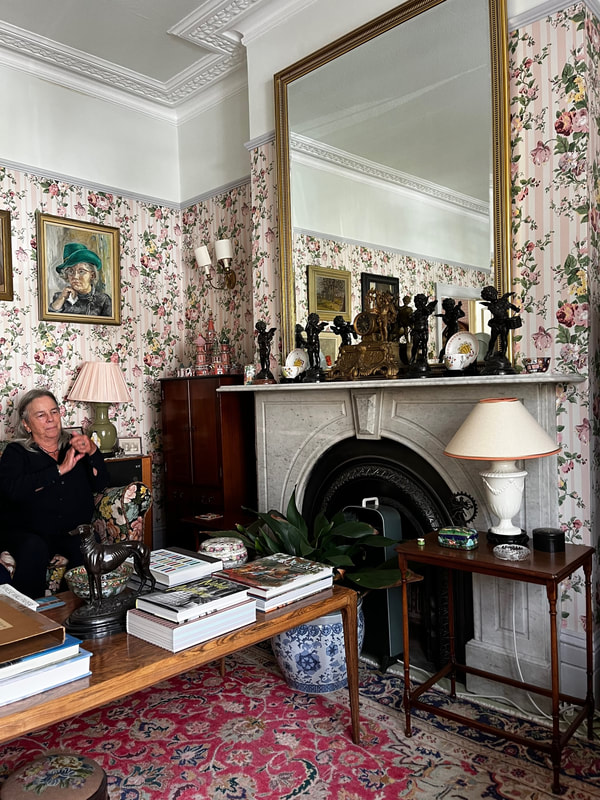
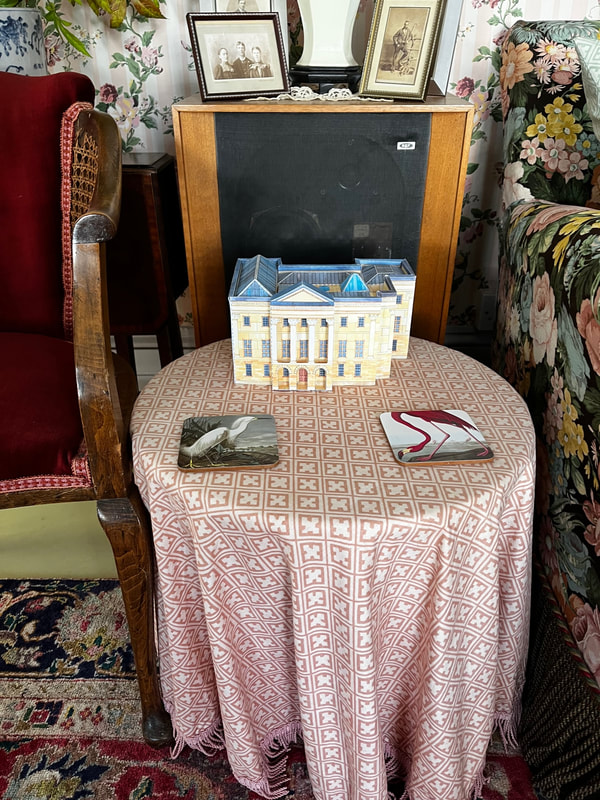
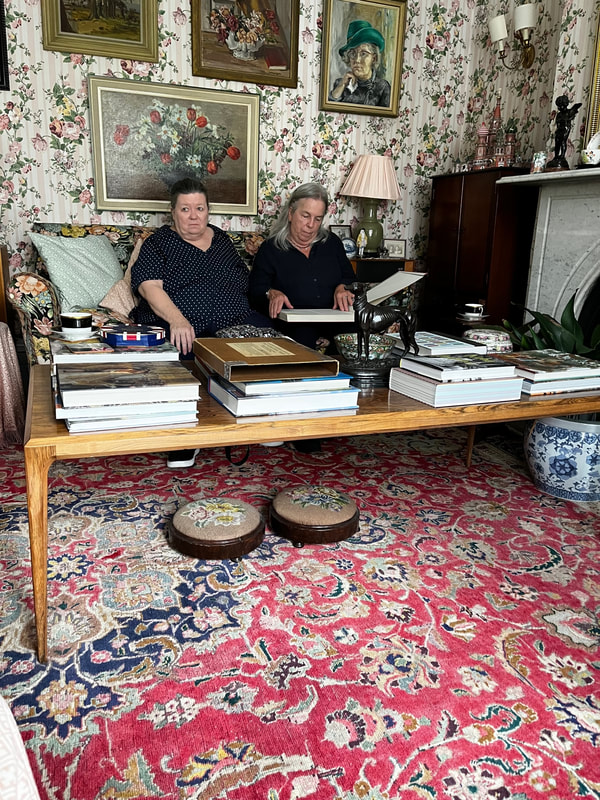
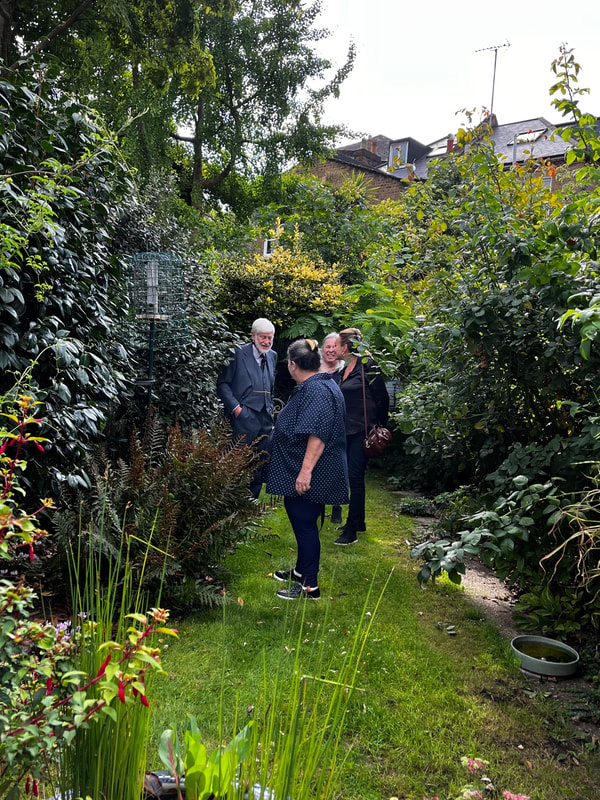
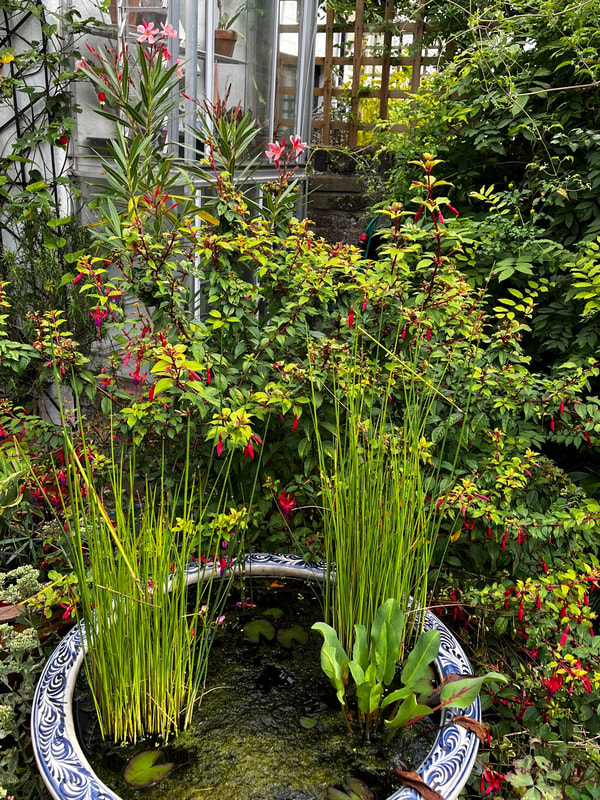
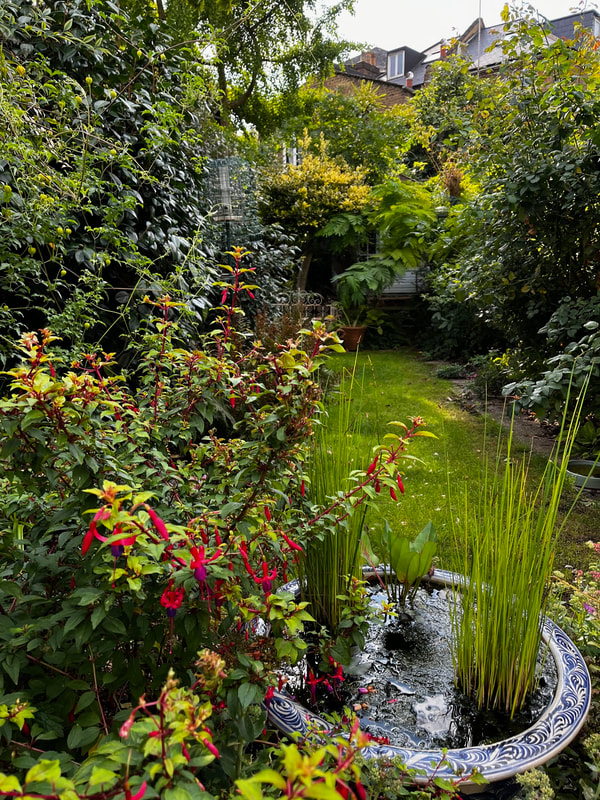
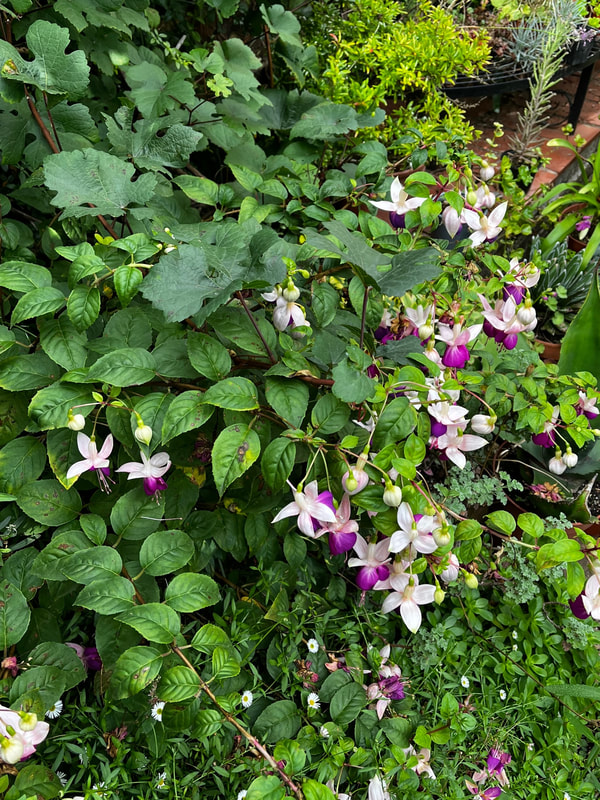
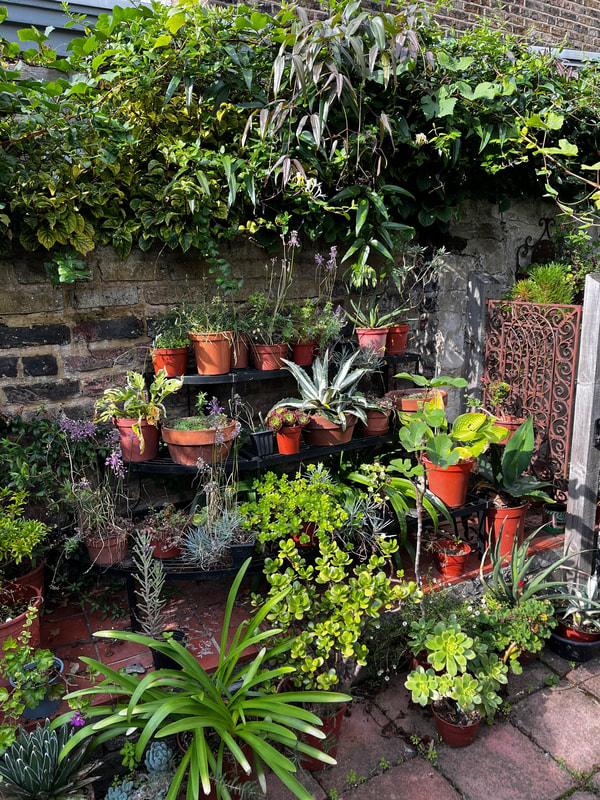
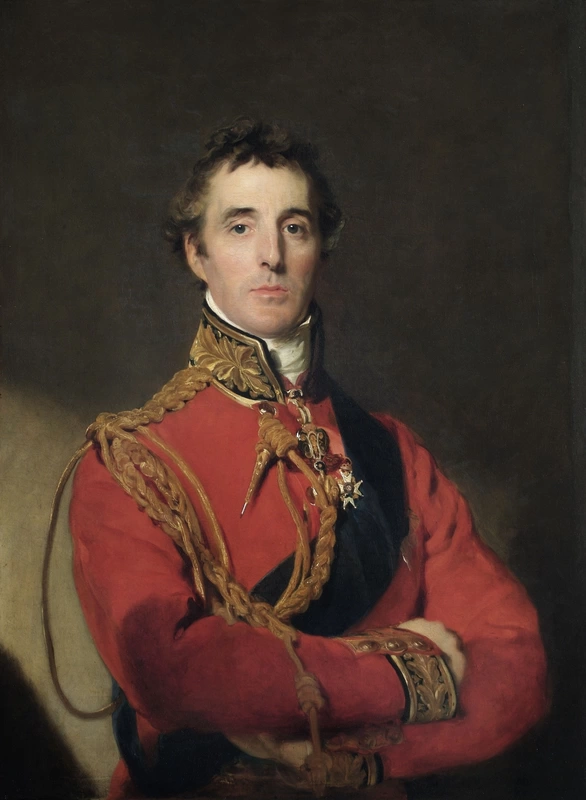


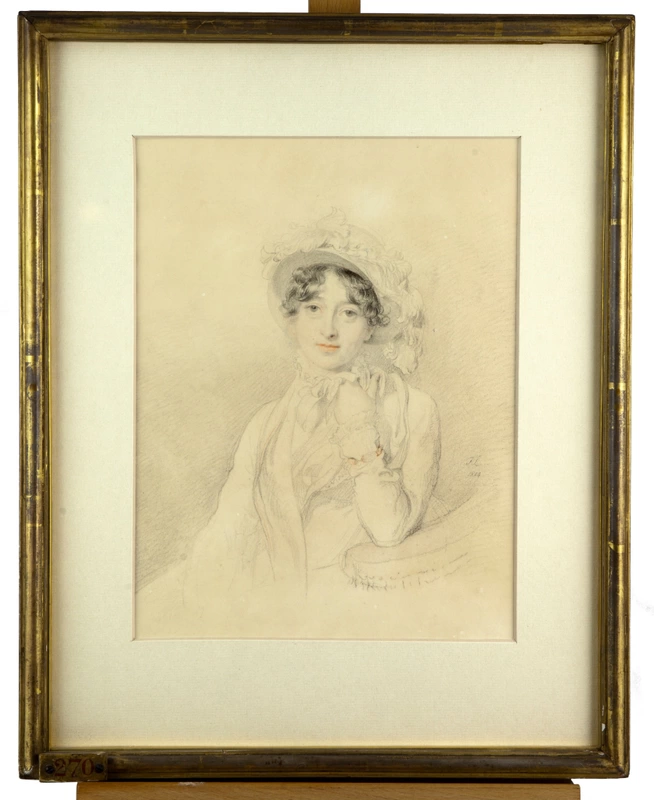
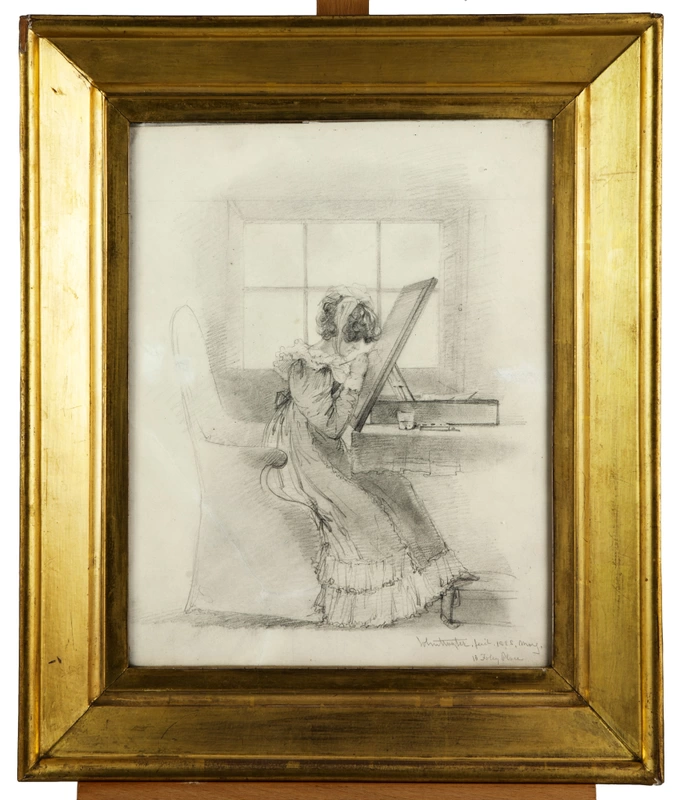
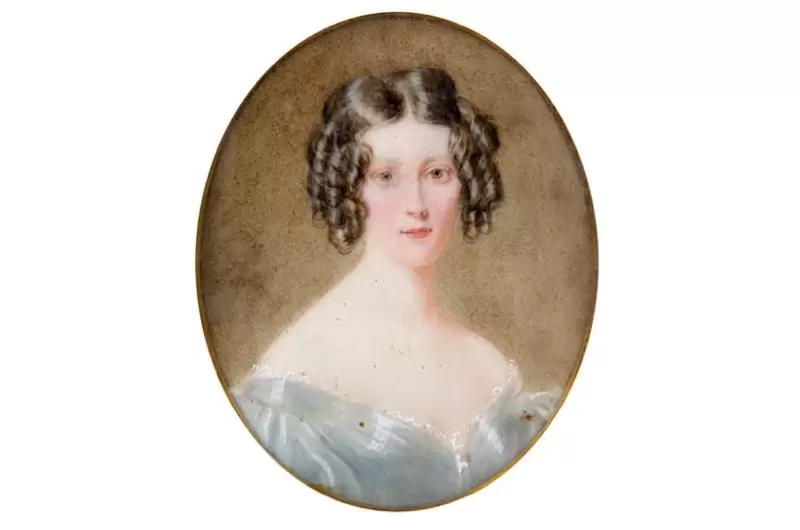
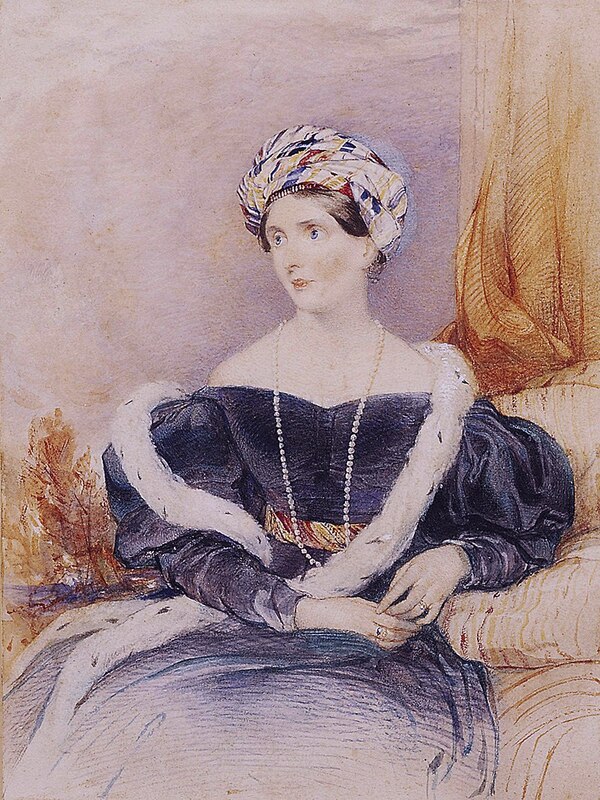
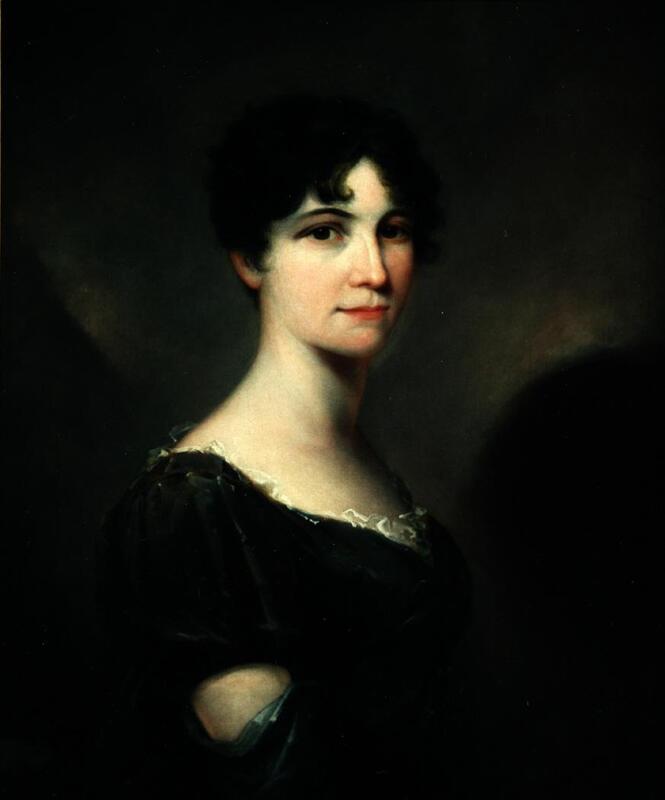
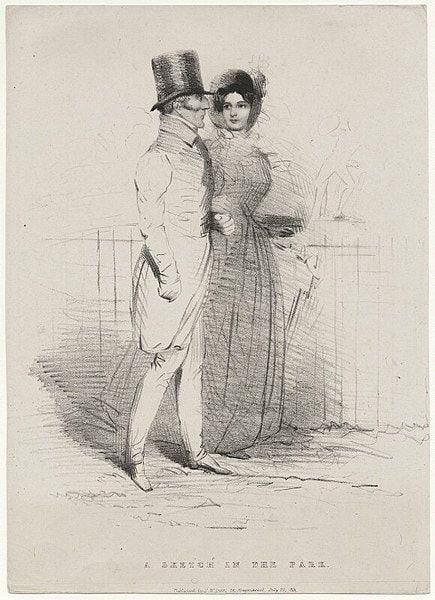
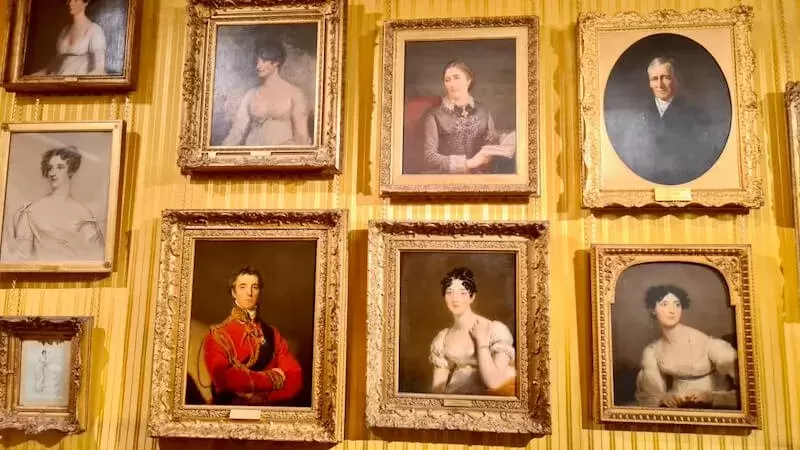
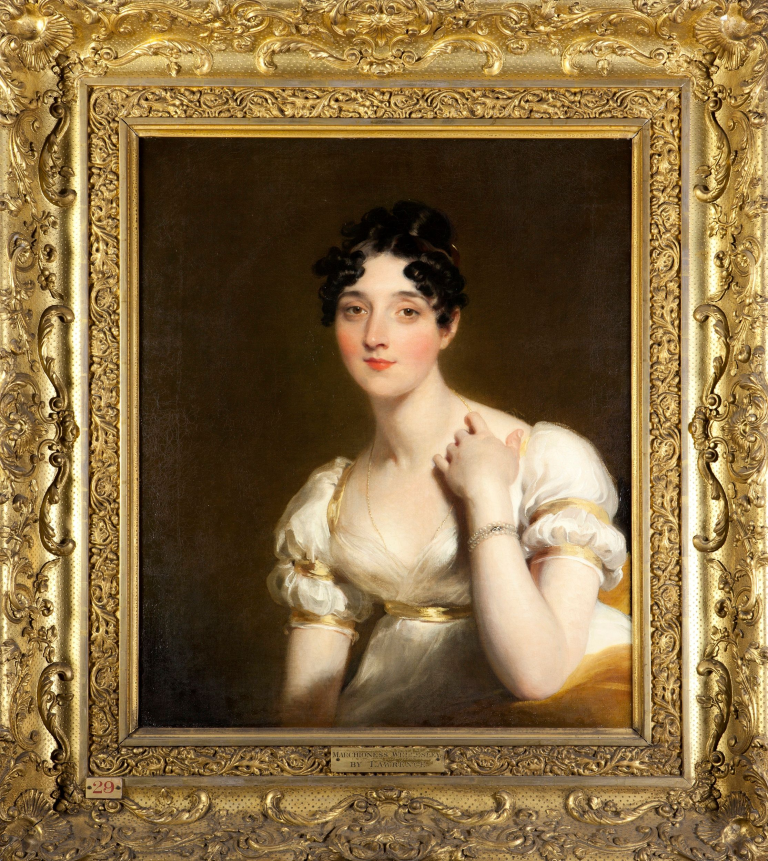
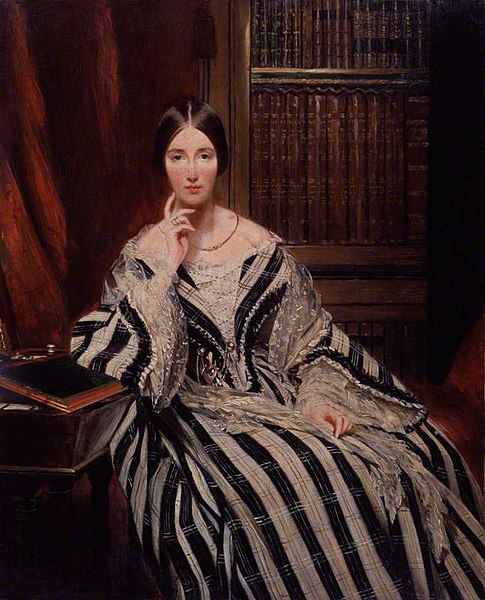
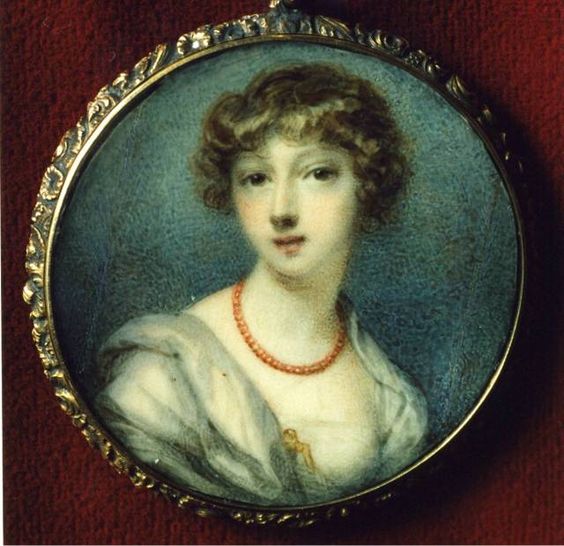
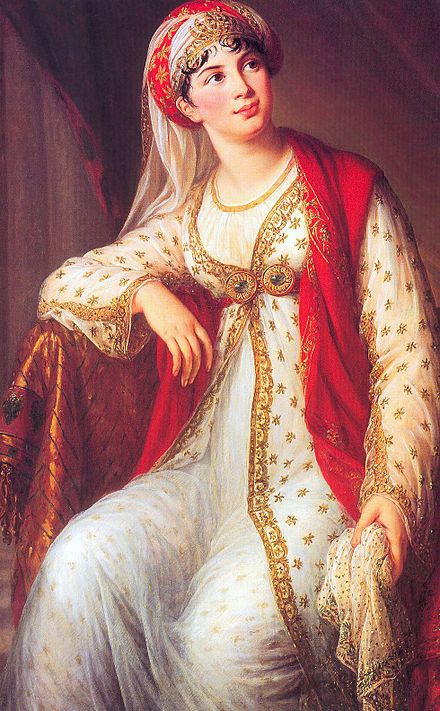
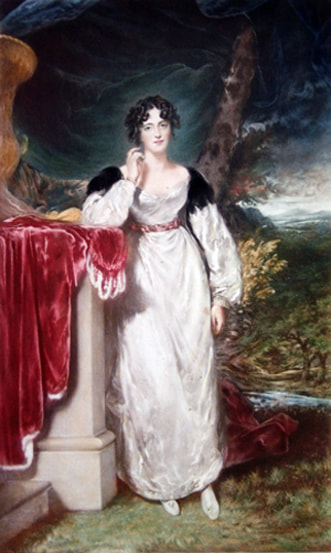
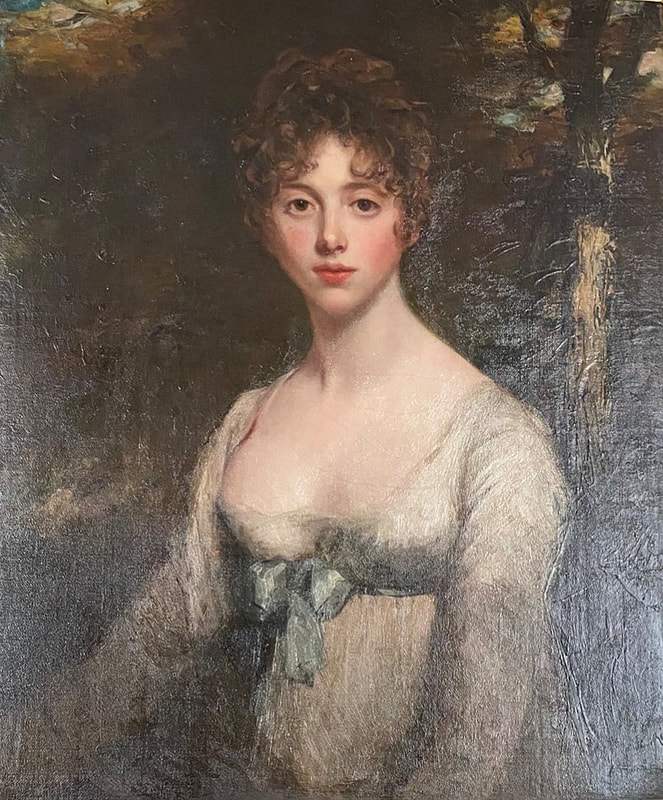
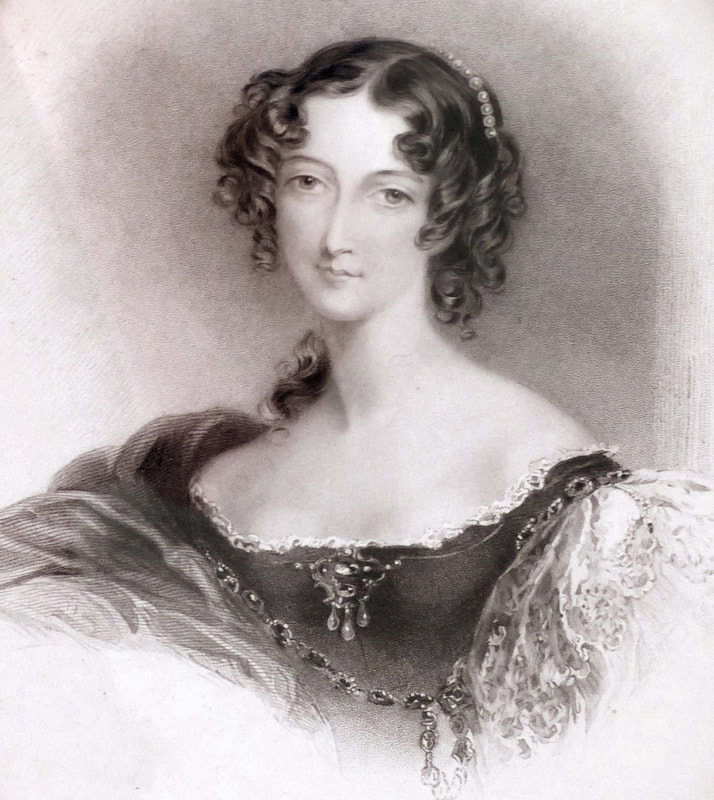
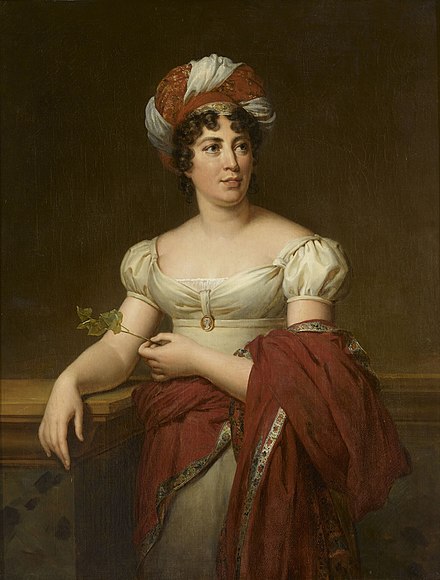
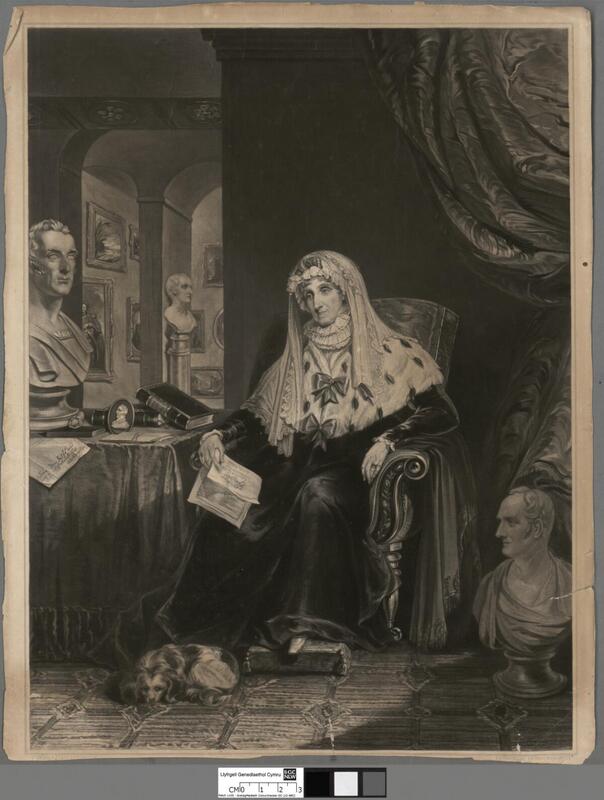
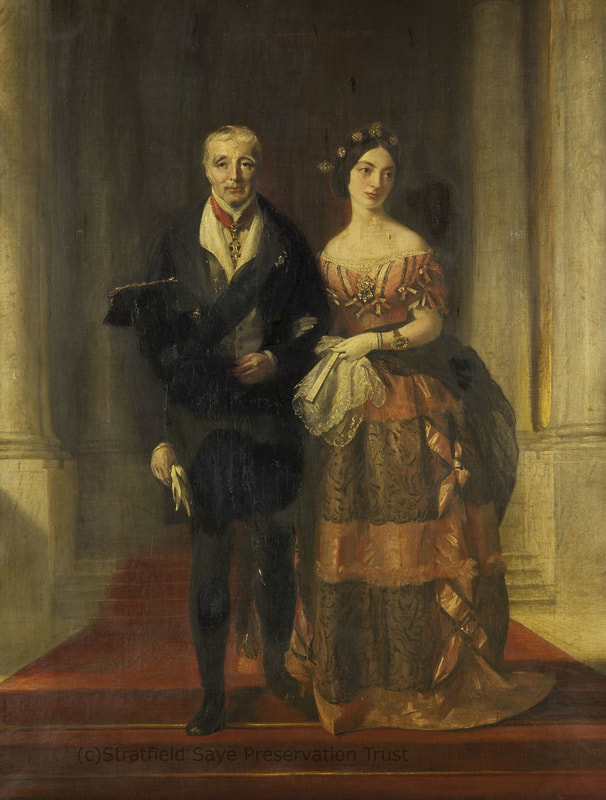
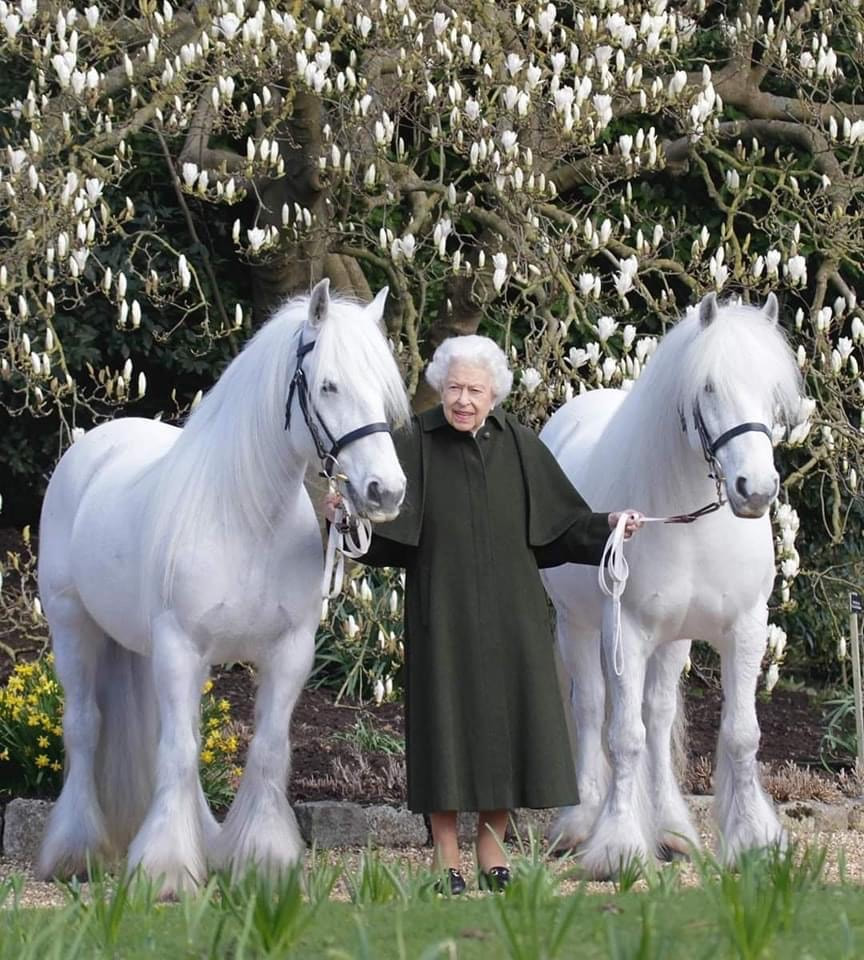
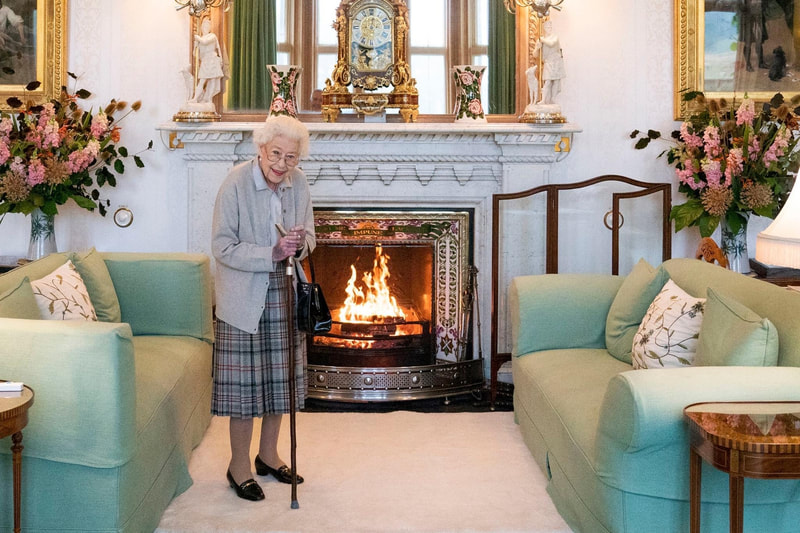
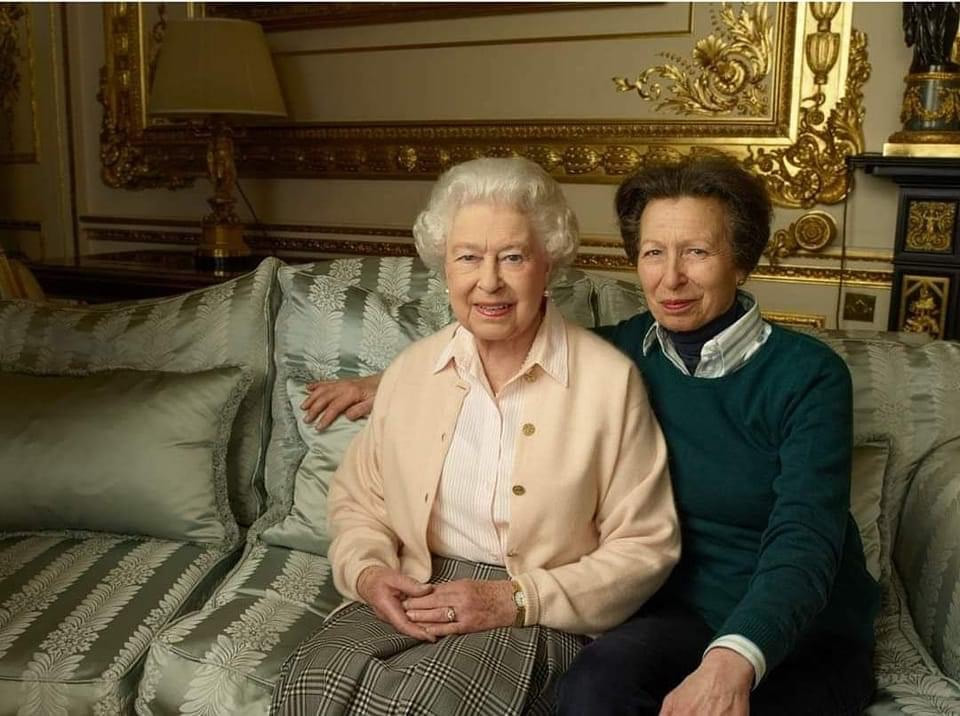
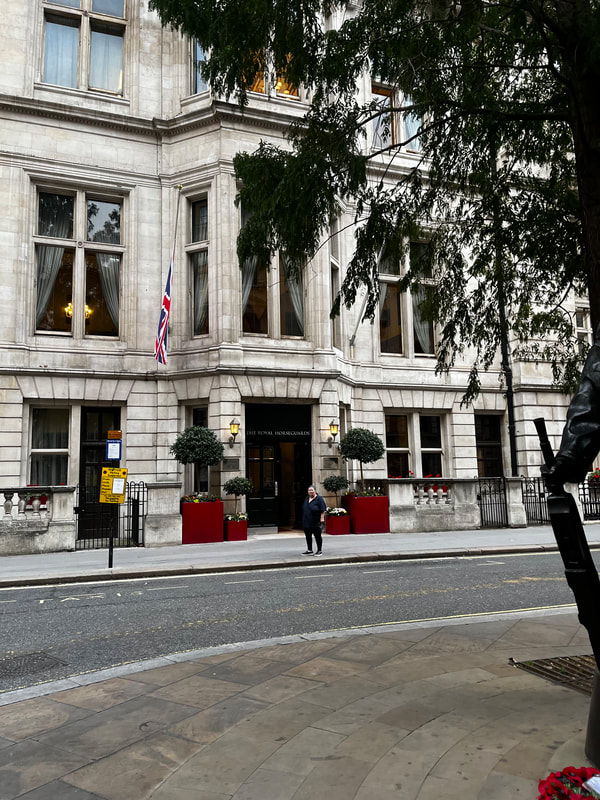
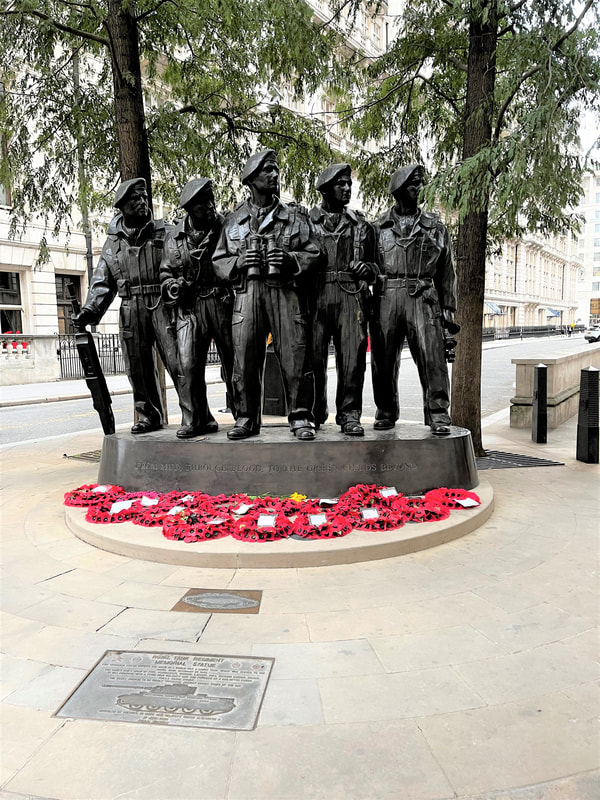
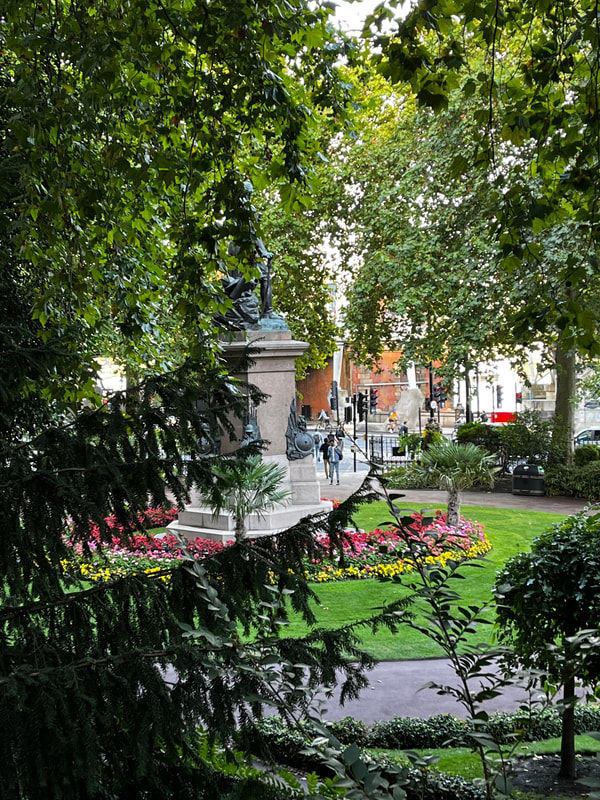
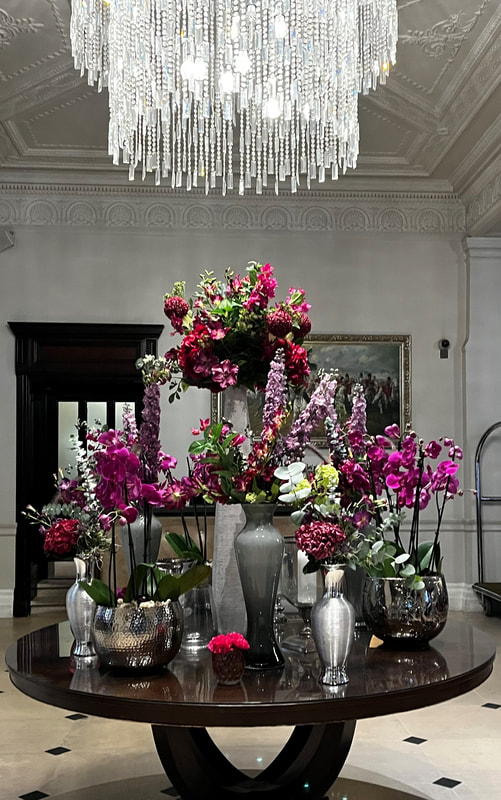
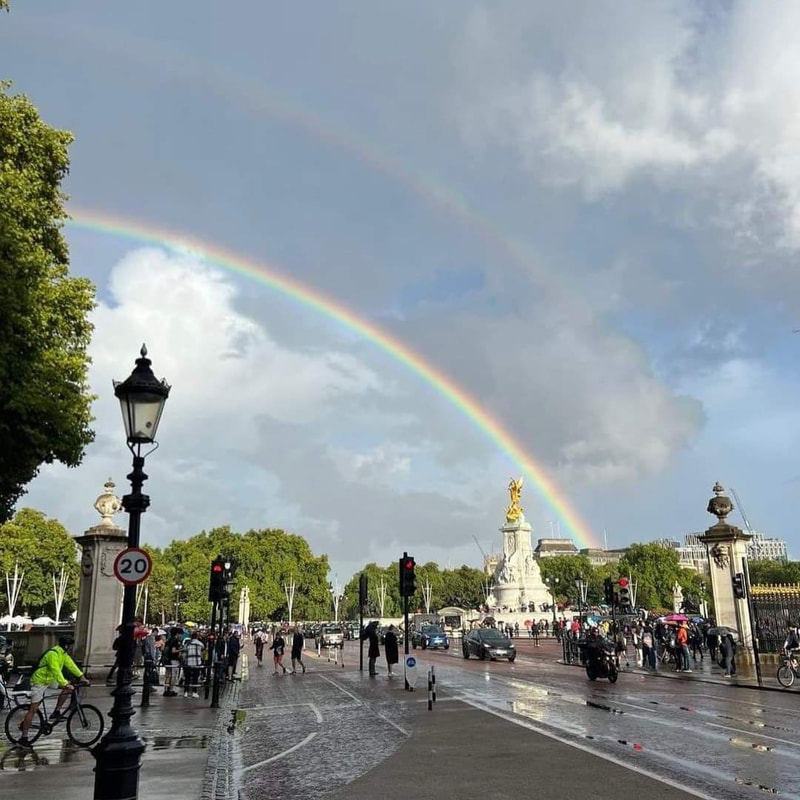
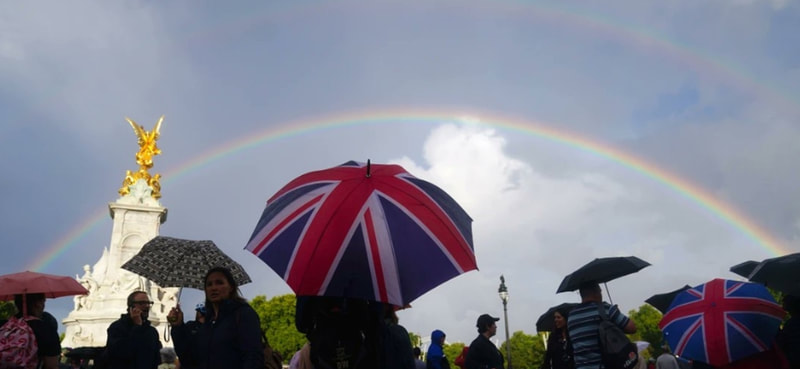
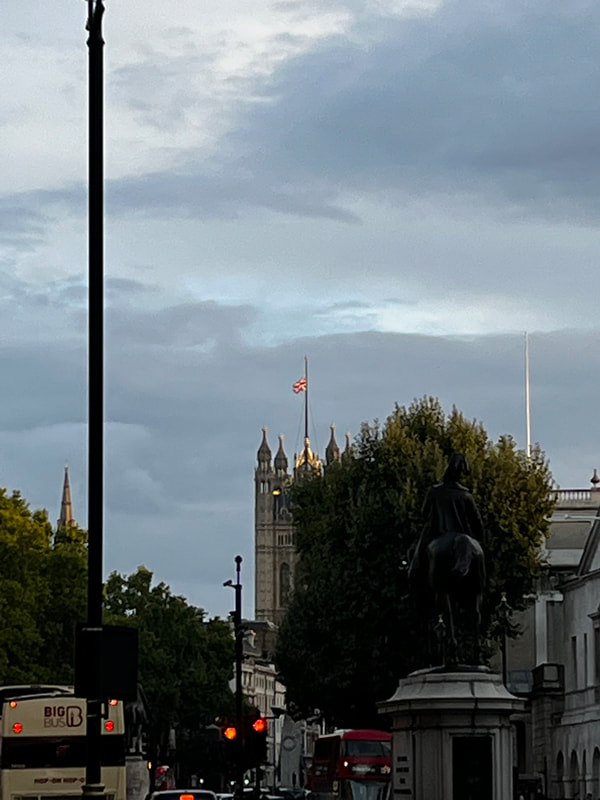
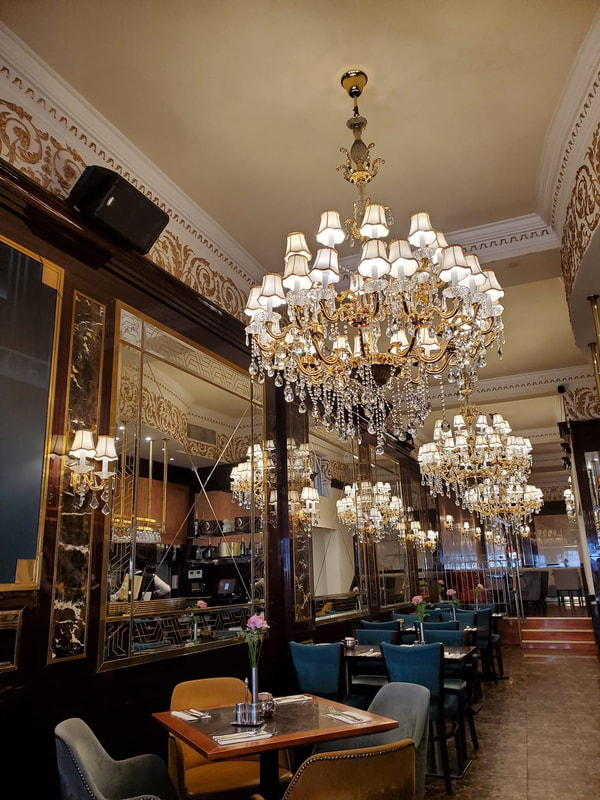
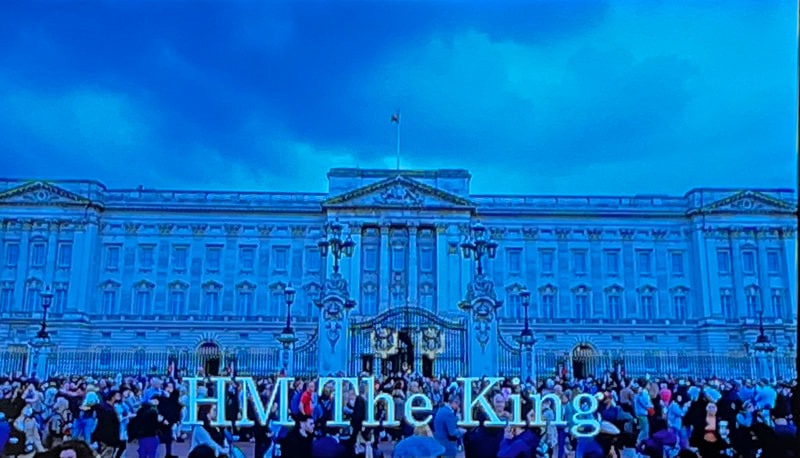
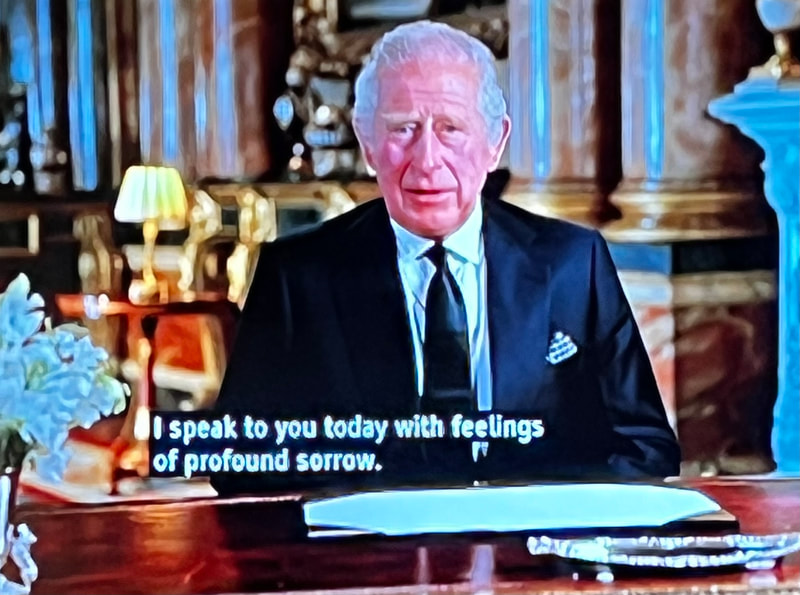
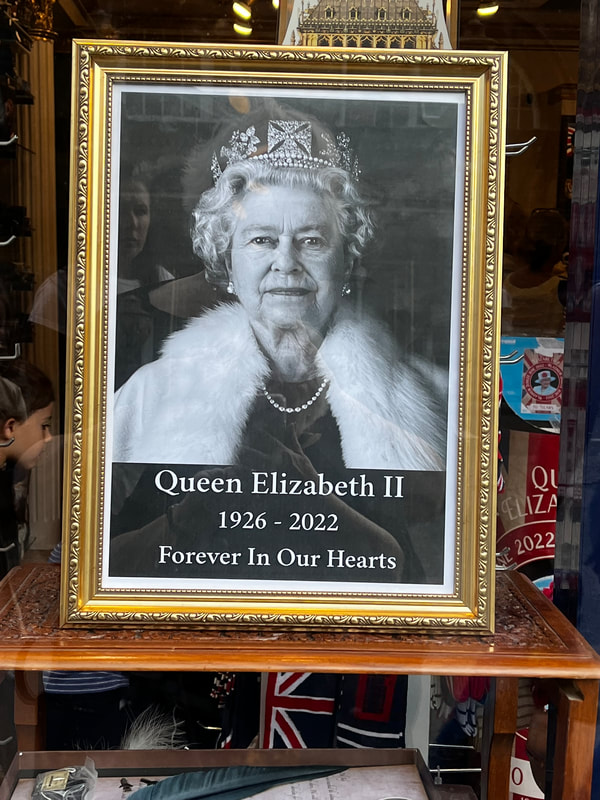
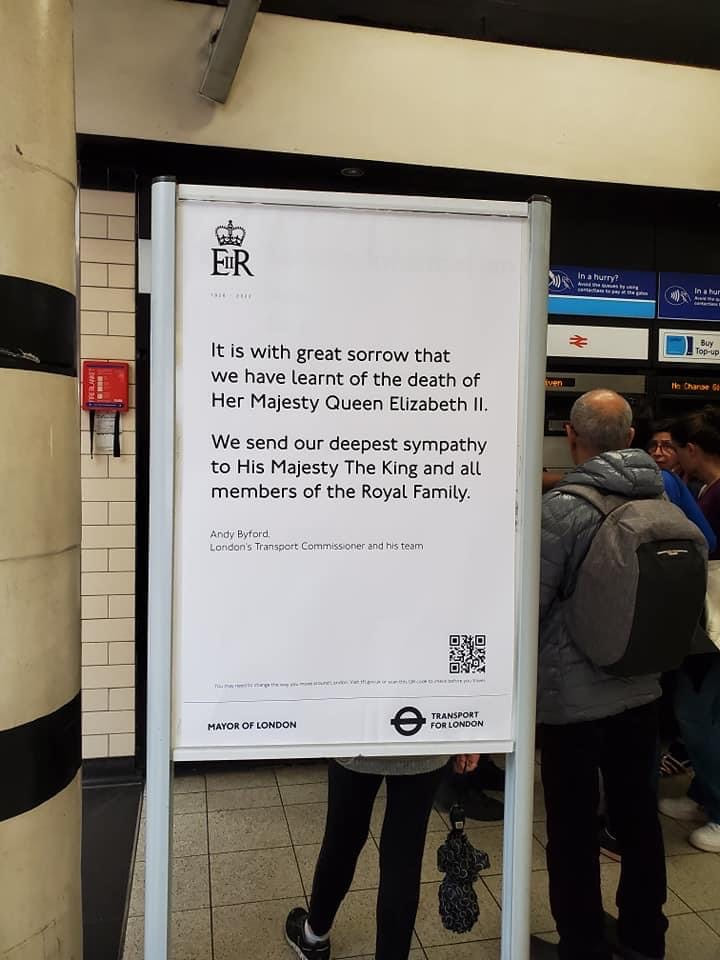
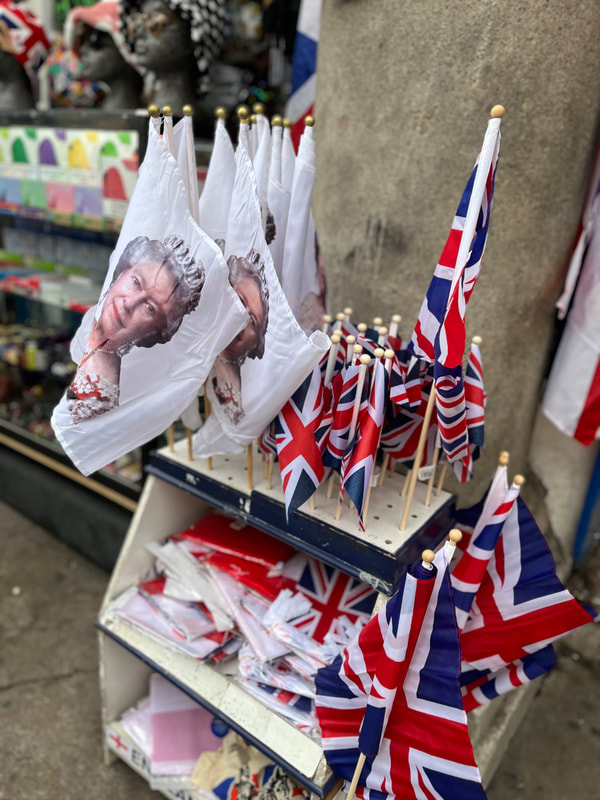
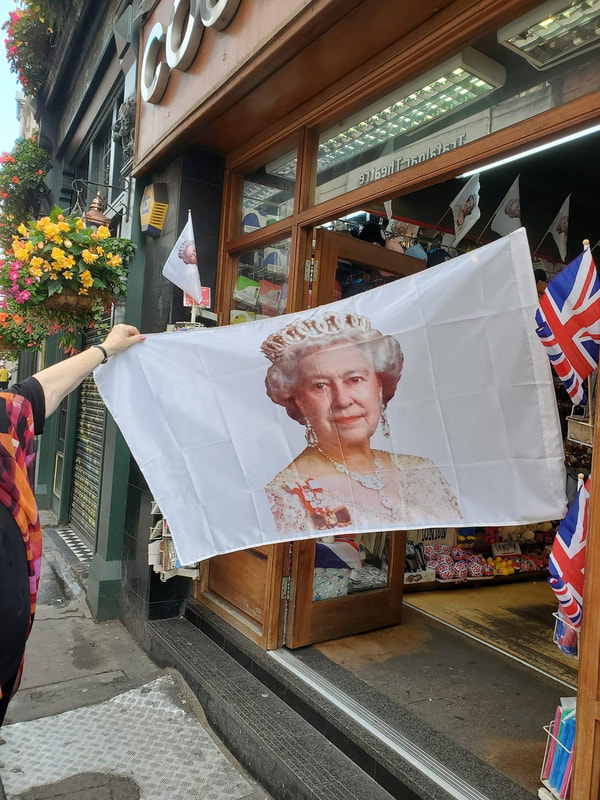
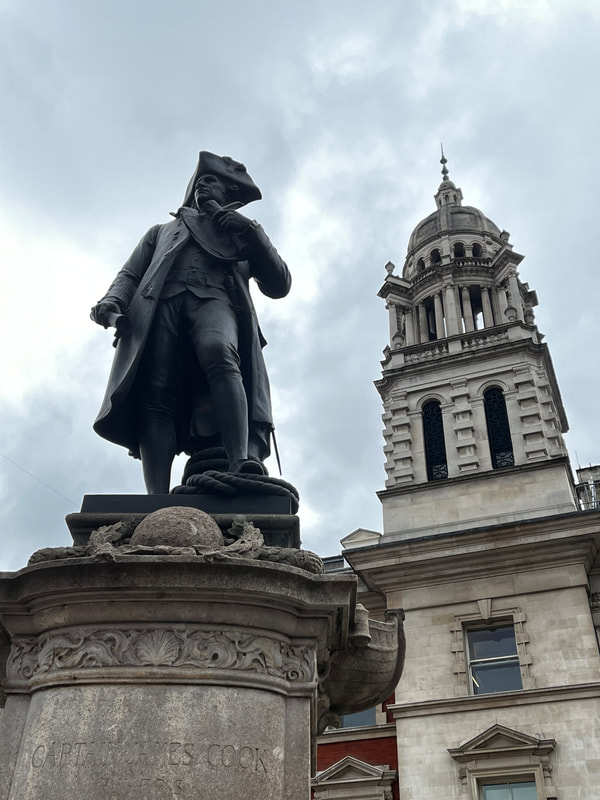
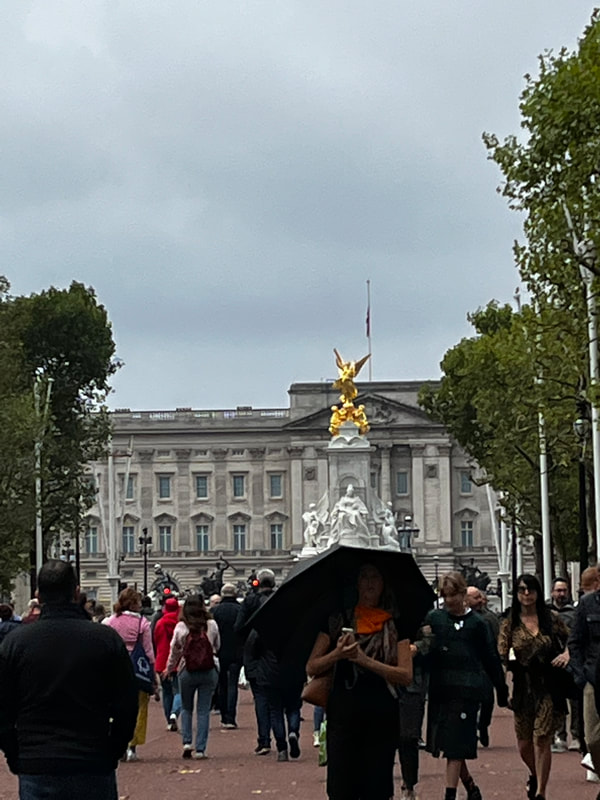
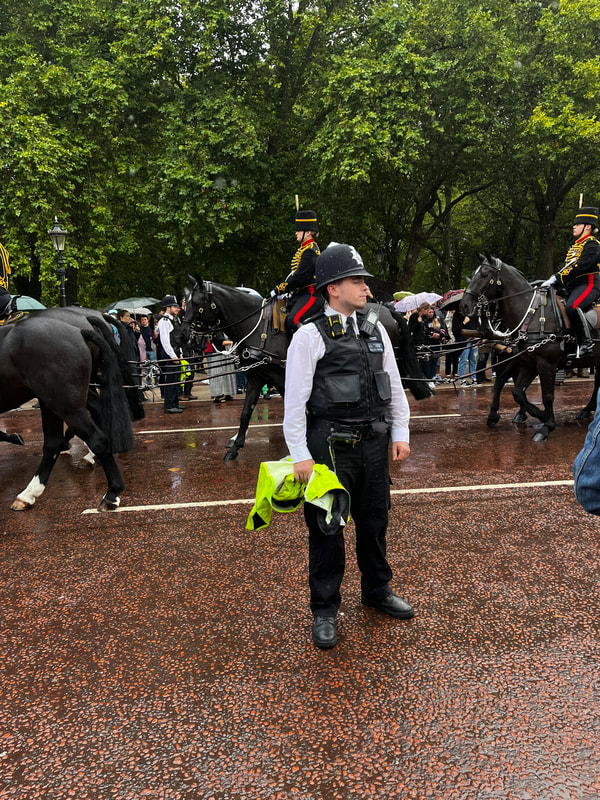
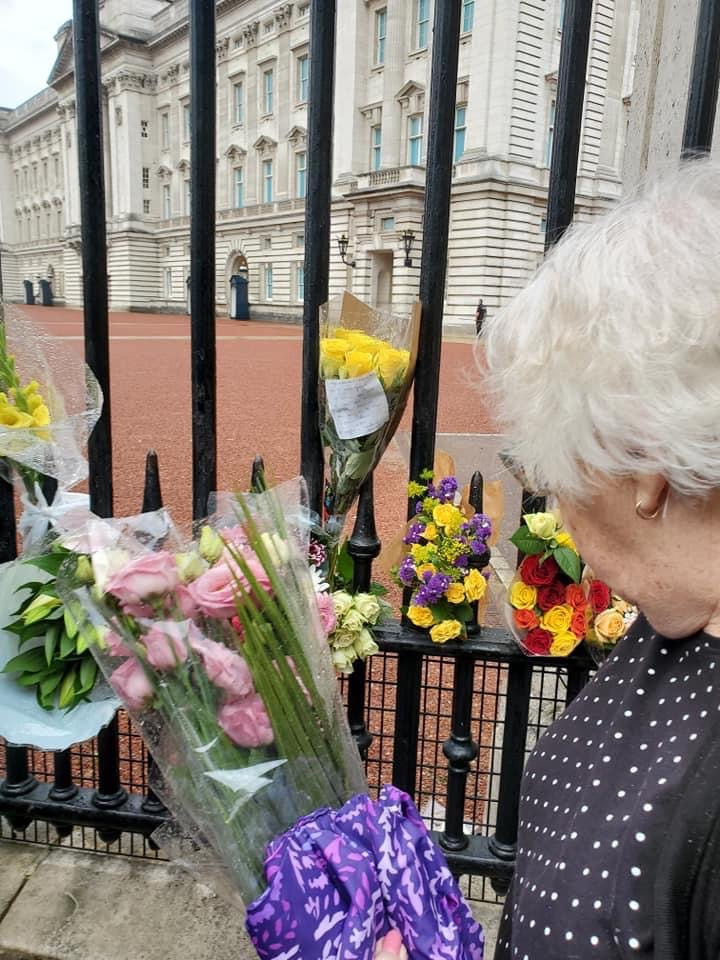
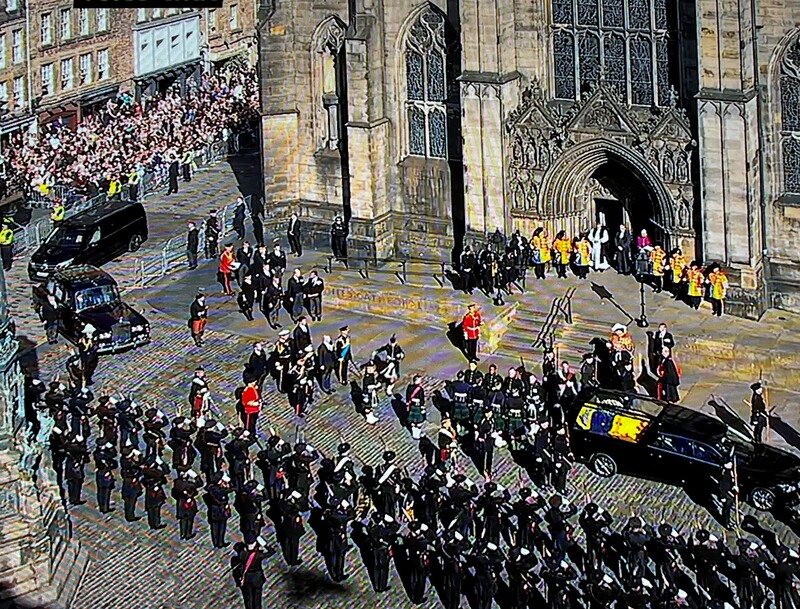
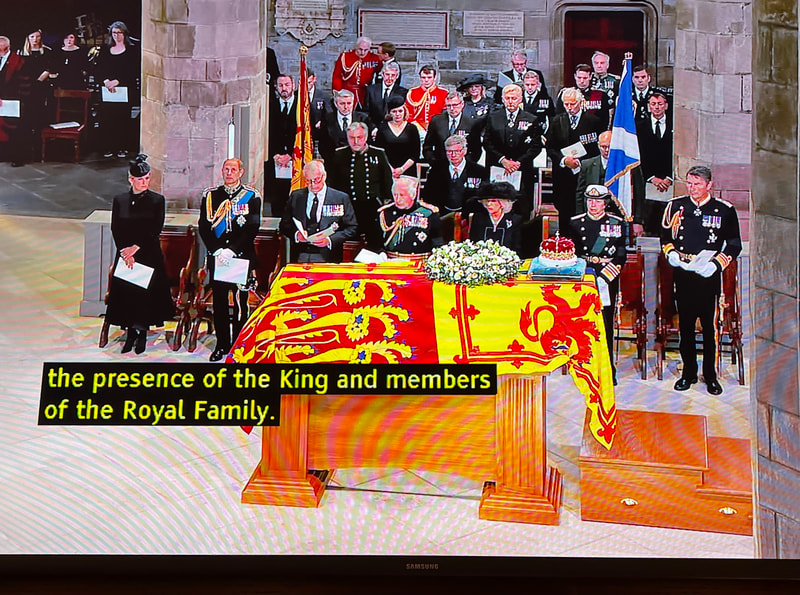
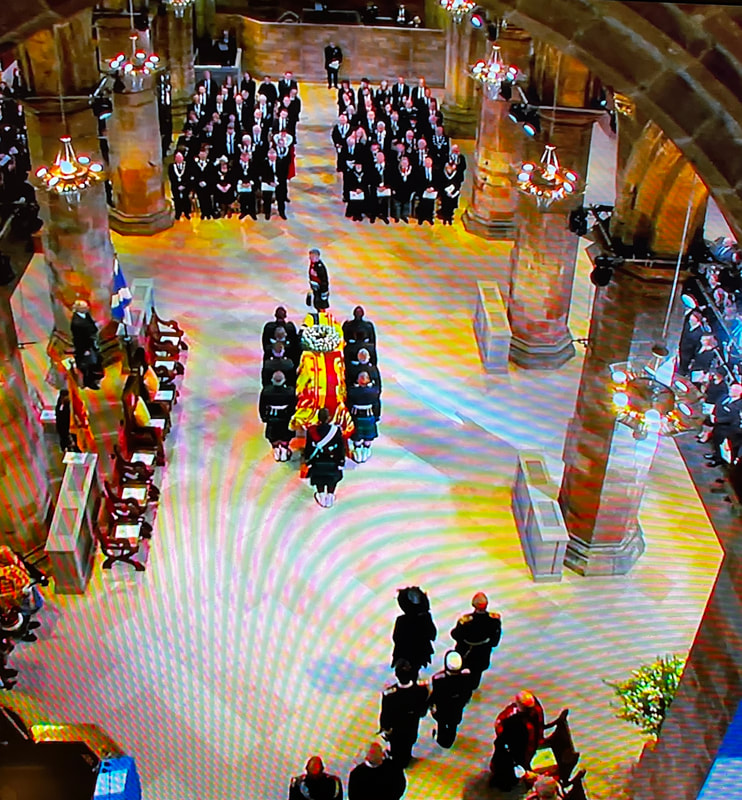
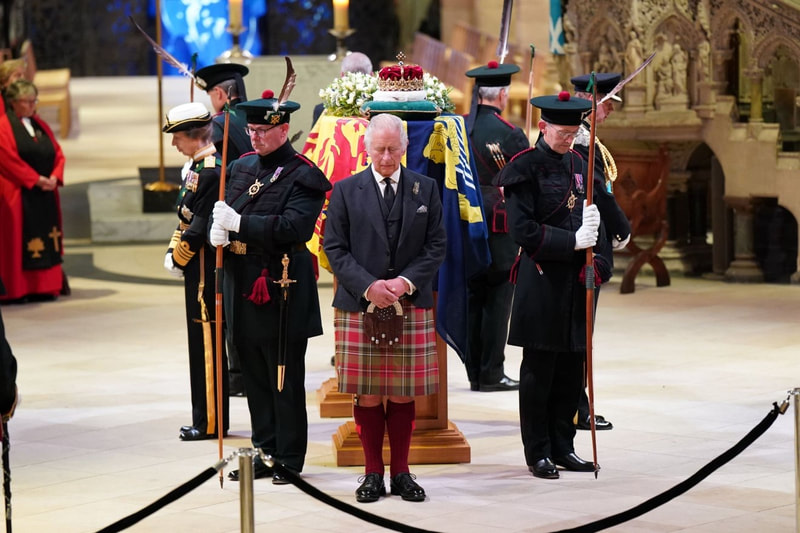
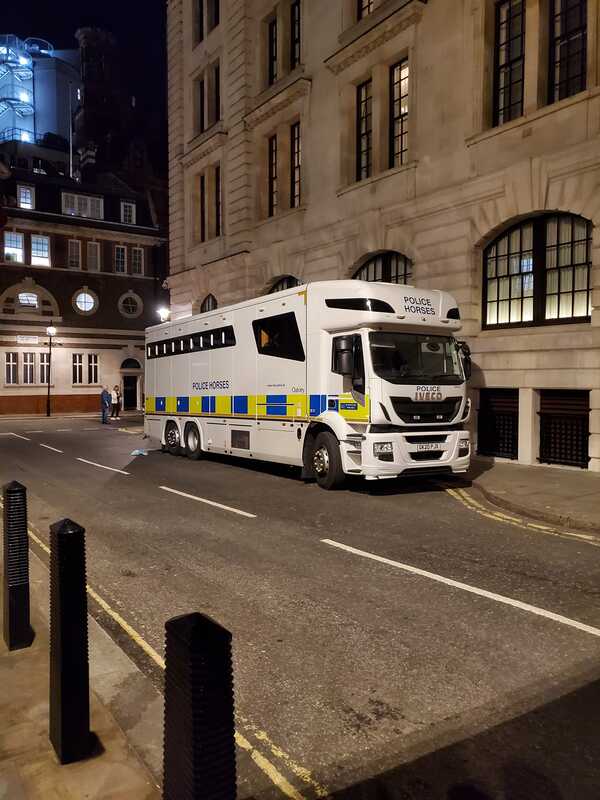
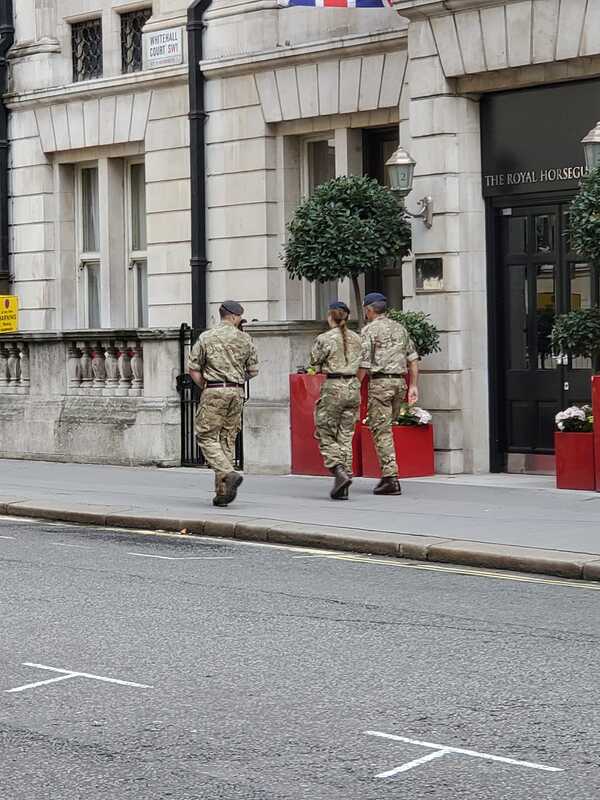
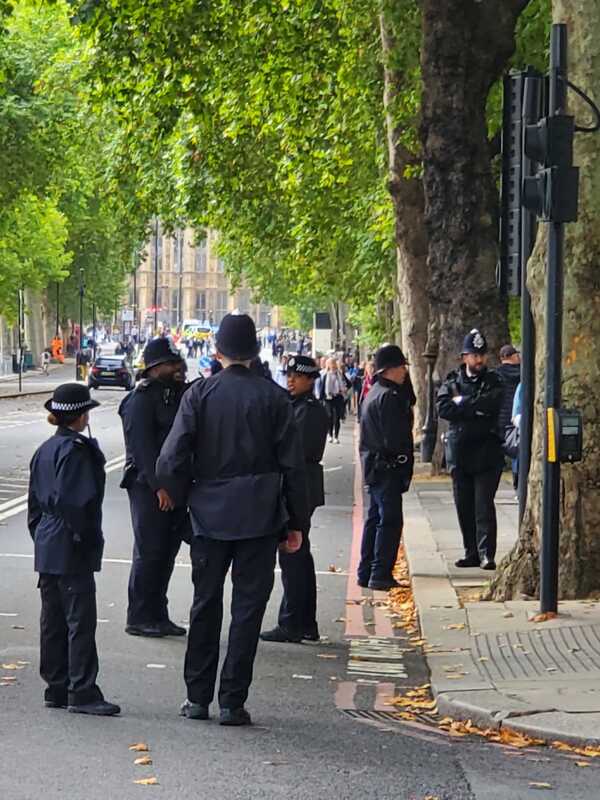
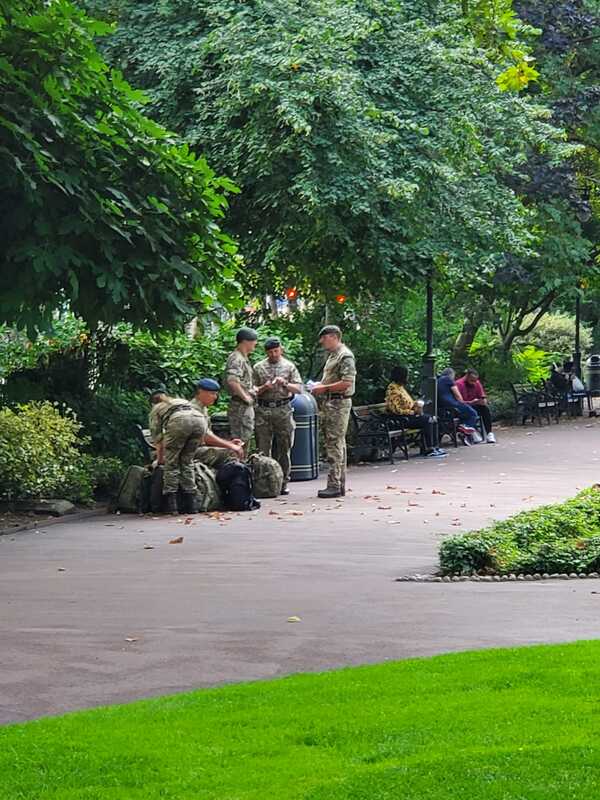
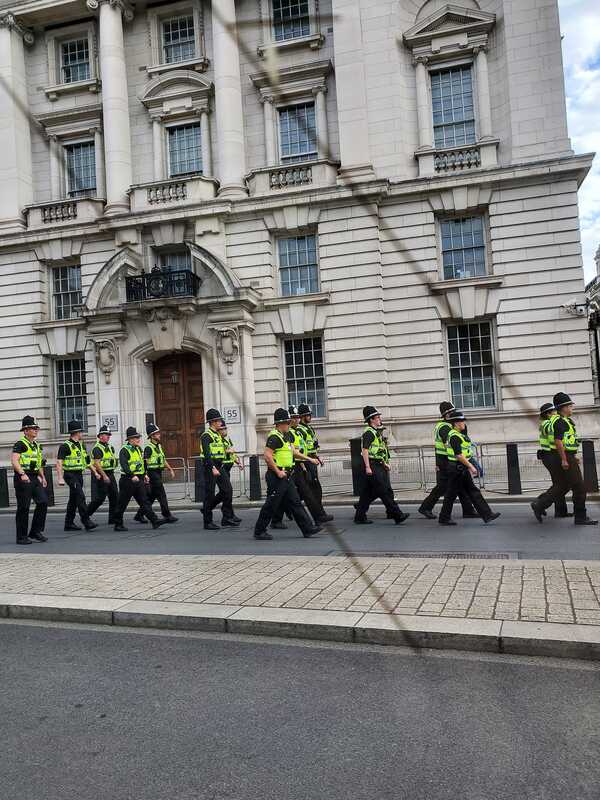


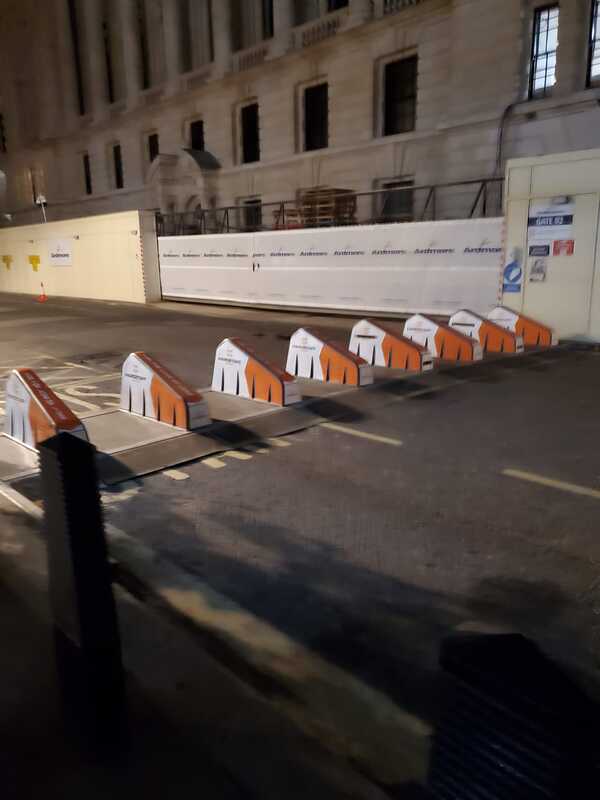
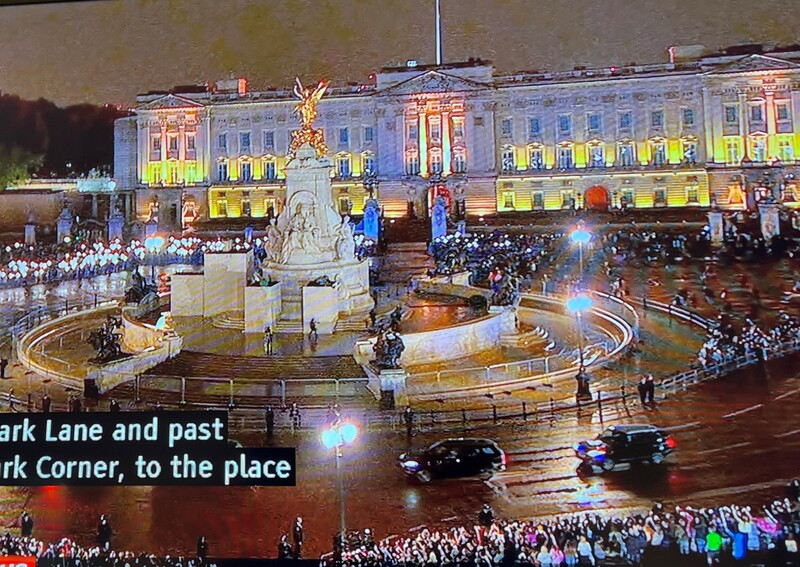
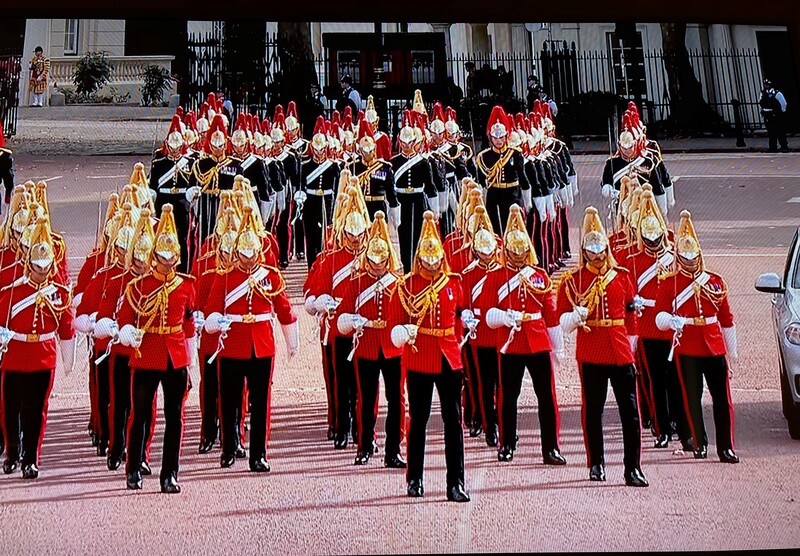
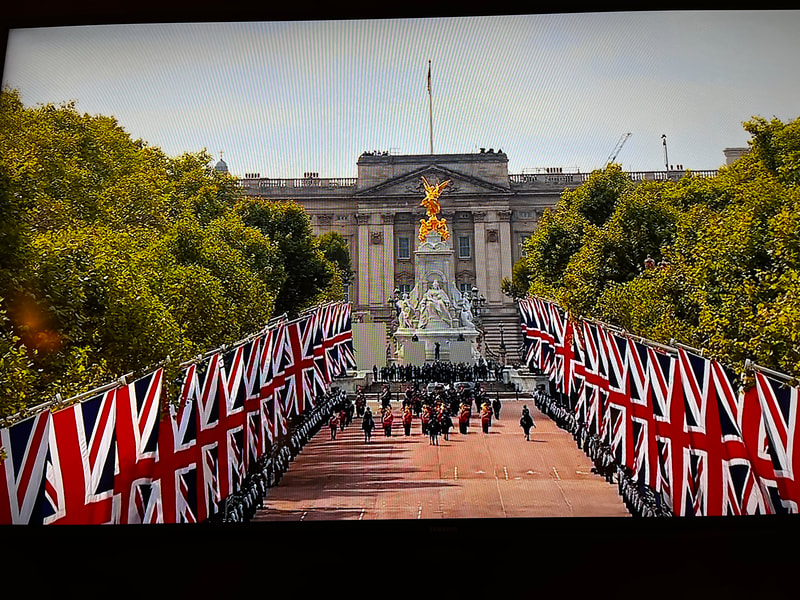
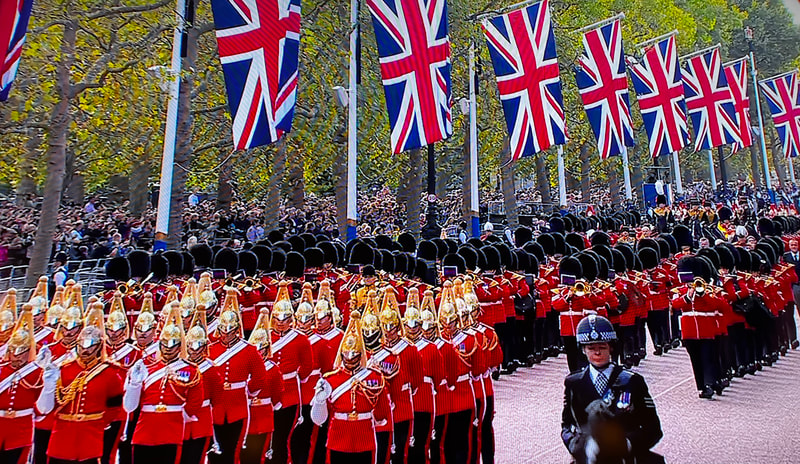
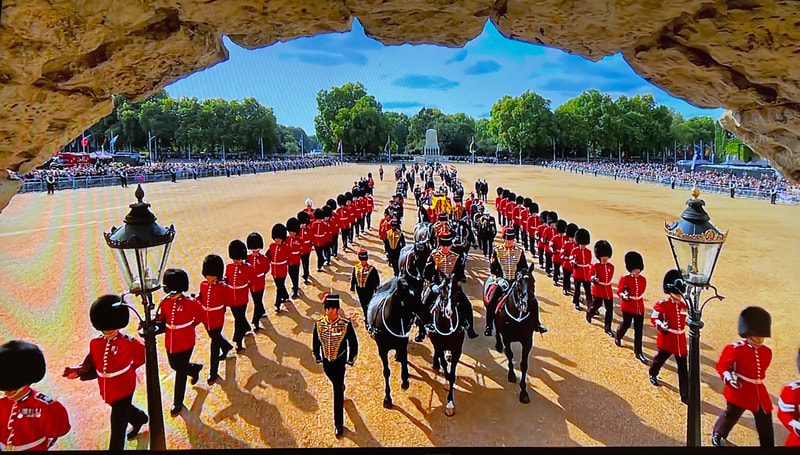
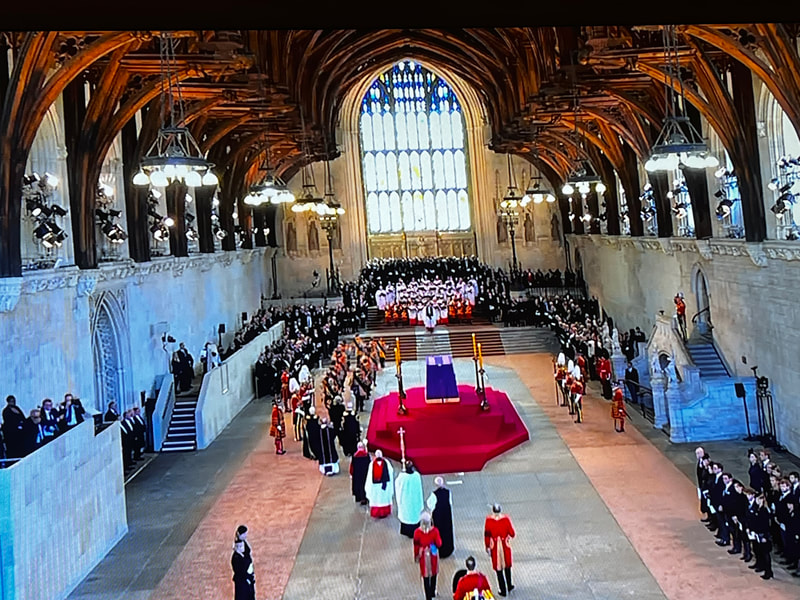
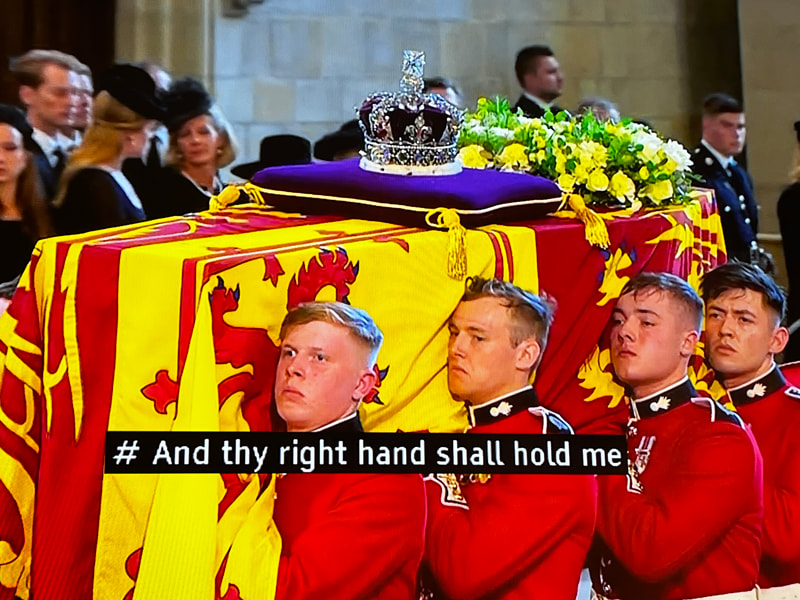
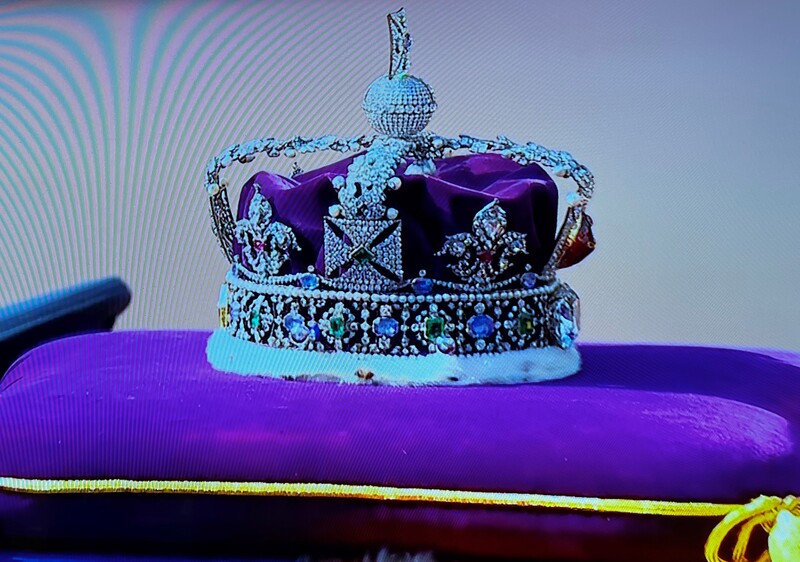
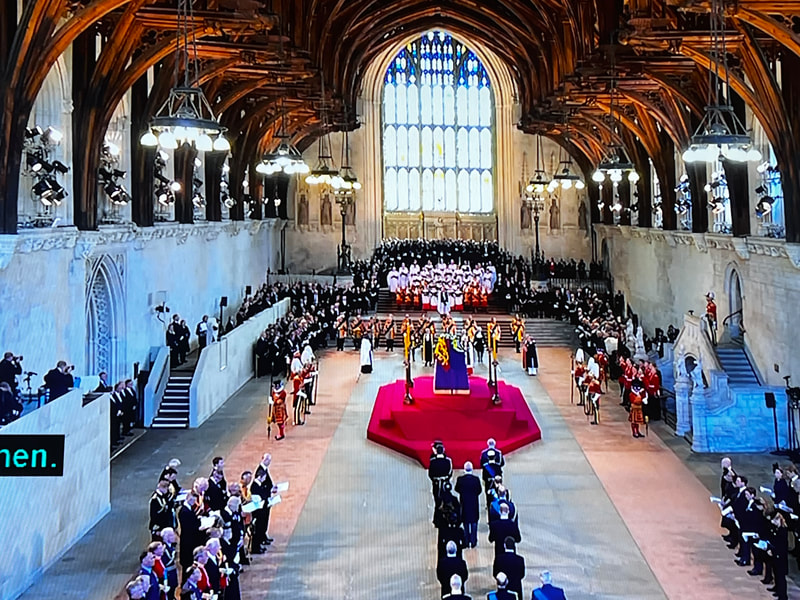
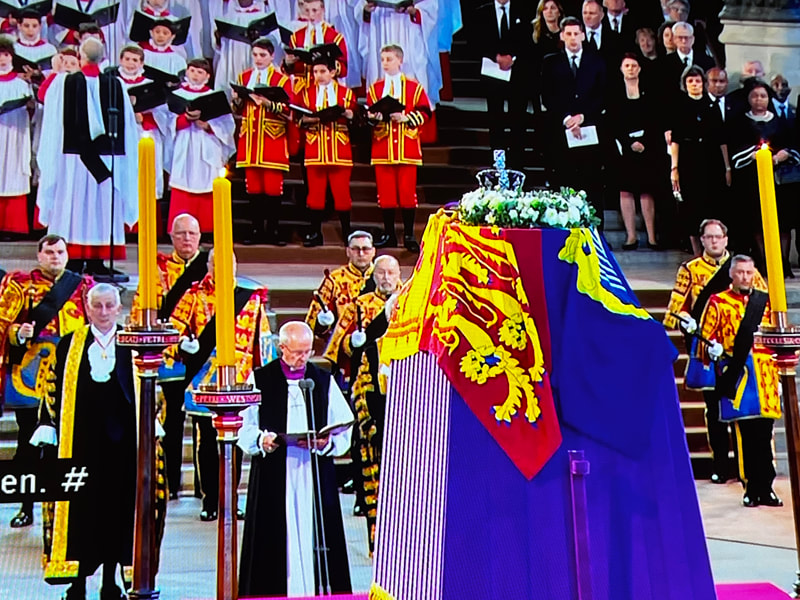
 RSS Feed
RSS Feed